
Deutsch-Chinesische Enzyklopädie, 德汉百科
 2026年世界杯足球赛
2026年世界杯足球赛
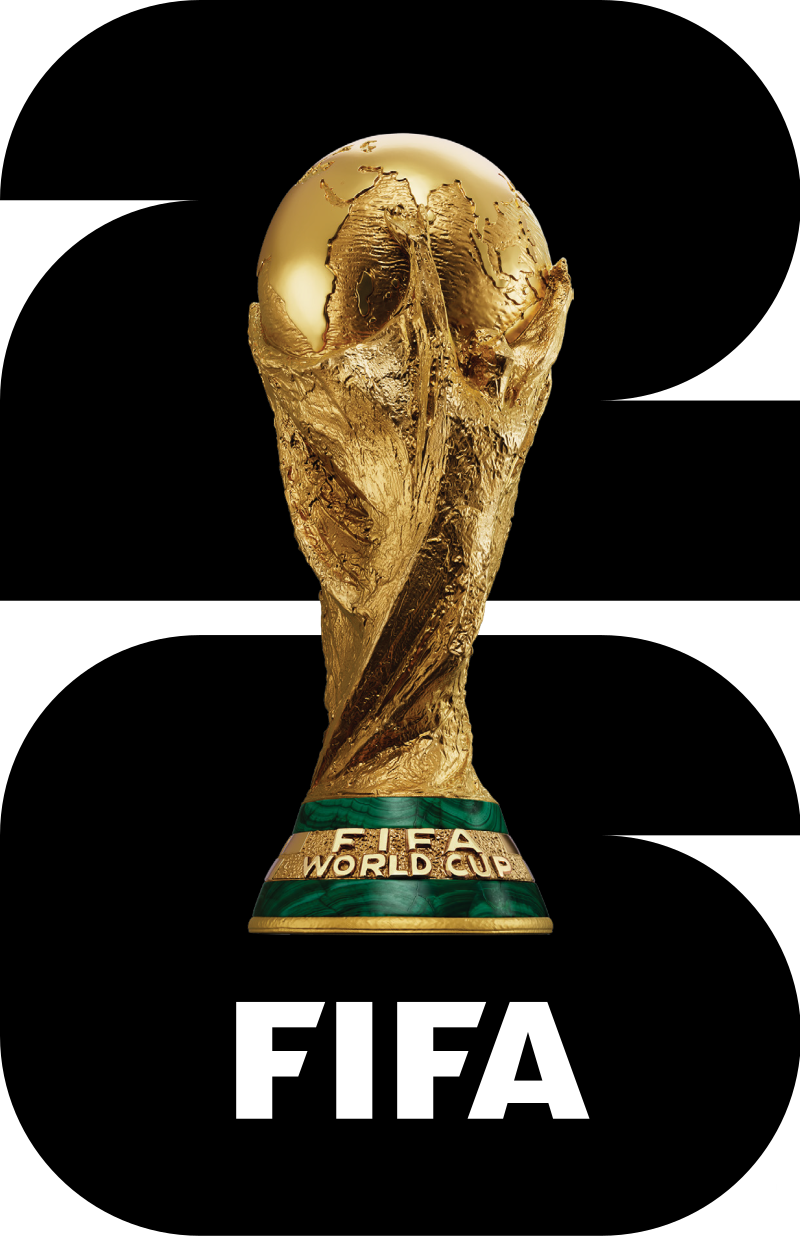
 塞萨尔·路易斯·梅诺蒂
塞萨尔·路易斯·梅诺蒂
 世界杯决赛队
世界杯决赛队
 2018年世界杯足球赛
2018年世界杯足球赛
 F组
F组
 2022年世界杯足球赛
2022年世界杯足球赛
 2022年世界杯足球赛
2022年世界杯足球赛
 C组
C组

 2026年世界杯足球赛
2026年世界杯足球赛
 2013年国际足联联合会杯
2013年国际足联联合会杯
 2017年国际足联联合会杯
2017年国际足联联合会杯
 墨西哥
墨西哥

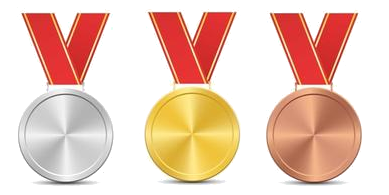 体育
体育
 (F)国际足联联合会杯
(F)国际足联联合会杯

 体育
体育
 (F)美洲金杯
(F)美洲金杯

 体育
体育
 (F)奥林匹克运动会足球比赛
(F)奥林匹克运动会足球比赛
 斯文·戈兰·埃里克森
斯文·戈兰·埃里克森
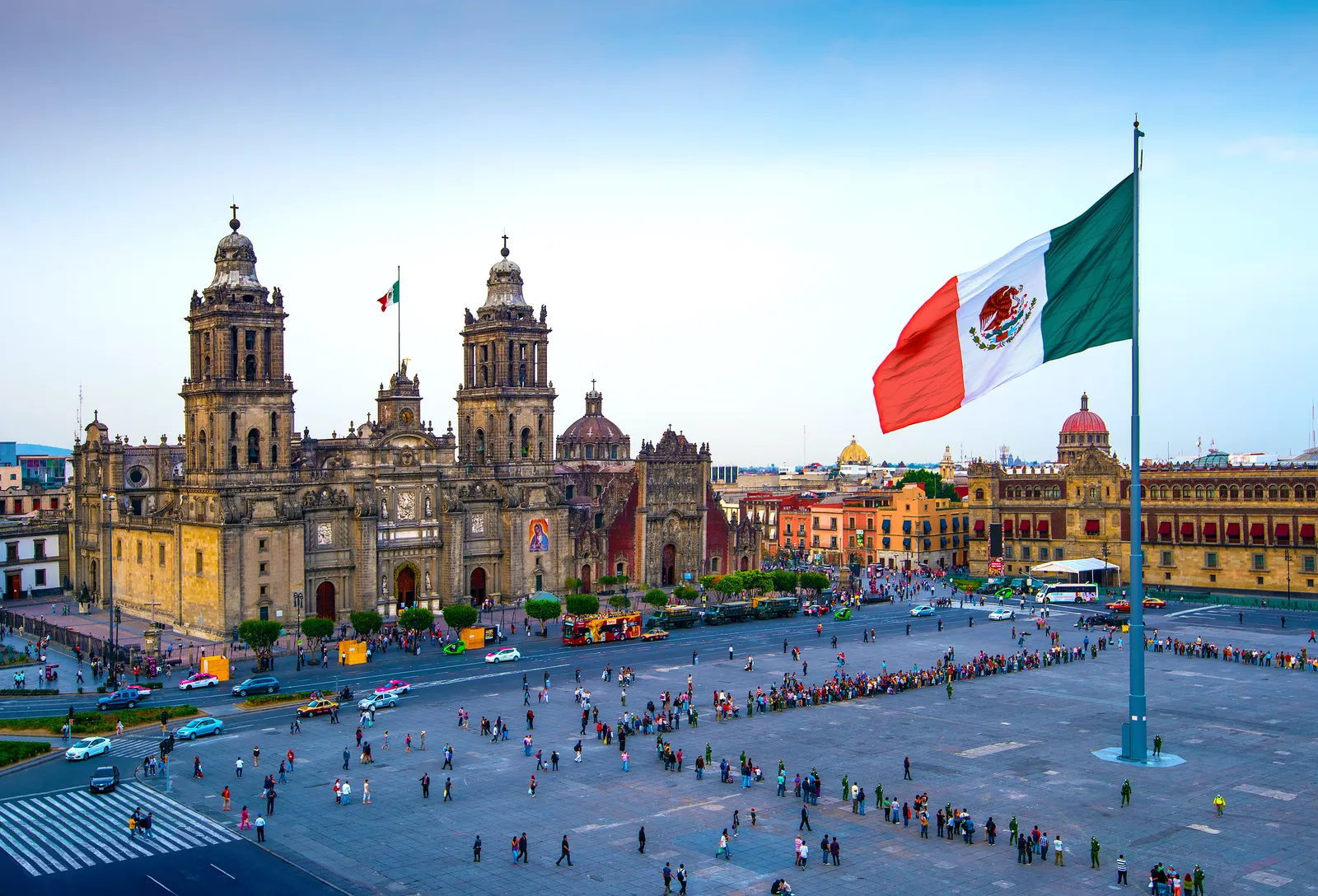

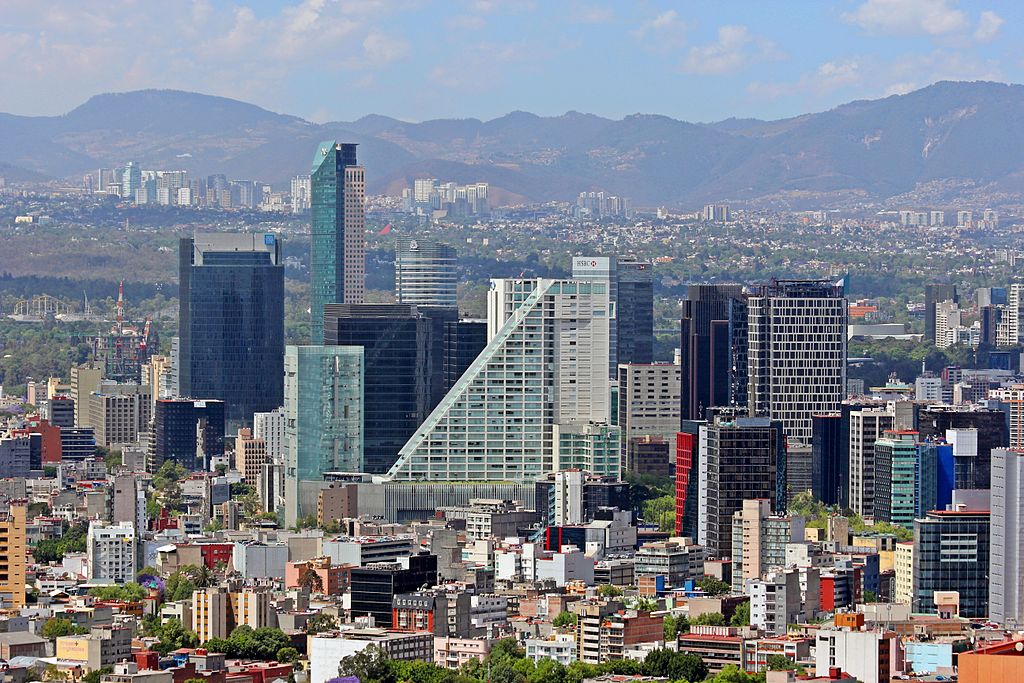
墨西哥城(西班牙语:Ciudad de México 西班牙语发音:[sjuˈða(ð) ðe ˈmexiko] ( 聆听),缩写为CDMX)是墨西哥合众国首都暨政治、经济、文化中心,亦为世界上最大的都市之一。墨西哥城位于墨西哥中部的高原地区中央,其与周围的卫星城市原合称墨西哥联邦特区(México, D.F.),行政级别上与该国其他31个州(Estados)同等但在行政上直属中央[8]。2016年1月29日,墨西哥联邦特区改制为墨西哥市(Ciudad de México),改制后的墨西哥市拥有相当程度的自治权,包括自己的市自治法与和其他州级行政区类似的市议会机构[8]。原本联邦区下各区(delegaciones)也一并改制为市镇(municipio)并选出各自的市长。
聆听),缩写为CDMX)是墨西哥合众国首都暨政治、经济、文化中心,亦为世界上最大的都市之一。墨西哥城位于墨西哥中部的高原地区中央,其与周围的卫星城市原合称墨西哥联邦特区(México, D.F.),行政级别上与该国其他31个州(Estados)同等但在行政上直属中央[8]。2016年1月29日,墨西哥联邦特区改制为墨西哥市(Ciudad de México),改制后的墨西哥市拥有相当程度的自治权,包括自己的市自治法与和其他州级行政区类似的市议会机构[8]。原本联邦区下各区(delegaciones)也一并改制为市镇(municipio)并选出各自的市长。
Mexiko-Stadt (spanisch Ciudad de México oder México D.F.) ist die Hauptstadt von Mexiko. Sie gehört zu keinem Bundesstaat, sondern bildet einen bundesunmittelbaren Hauptstadtbezirk (Distrito Federal), in dem 8,8 Millionen Menschen (2009) leben. Die Metropolregion Zona Metropolitana del Valle de México (ZMVM), zu der Mexiko-Stadt, der östliche Teil des Bundesstaates México und eine Gemeinde aus dem Staat Hidalgo gehören, ist mit 20 Millionen Einwohnern[1] eine der größten der Erde.
Die Stadt ist politischer, wirtschaftlicher, sozialer und kultureller Mittelpunkt sowie größter Verkehrsknotenpunkt des Landes. Sie ist Sitz des Erzbistums Mexiko sowie zahlreicher Universitäten, Hoch- und Fachschulen. Die UNESCO hat ihr historisches Zentrum mit den Überresten der Aztekenhauptstadt Tenochtitlan sowie die Wassergärten im Stadtteil Xochimilco 1987 und den zentralen Universitätscampus der Universidad Nacional Autónoma de México[2] im Jahr 2007 zum Weltkulturerbe erklärt.
メキシコシティ(西: Ciudad de México スペイン語発音: [sjuˈða(ð) ðe ˈmexiko] (![]() 音声ファイル)、英語: Mexico City)は、メキシコ合衆国の首都。同国を構成する32州のひとつ[注 1]。中米屈指の世界都市。
音声ファイル)、英語: Mexico City)は、メキシコ合衆国の首都。同国を構成する32州のひとつ[注 1]。中米屈指の世界都市。
なお、国名と同一名称のため「市」に相当する単語を付けて呼ばれるのが通例となっており、メキシコの公用語であるスペイン語では「シウダー・デ・メヒコ」(Ciudad de México) と発音される[1]。日本では、主に用いられる英語名の他にメキシコ市と呼ばれる場合もある[2]。
メキシコ最大の都市であり、2016年の近郊を含む都市圏人口は2,023万人であり、世界第12位である[3]。メキシコのみならずラテンアメリカの経済の中心地の一つであり、2014年の都市圏GDPは3,837億ドルである[4]。これはラテンアメリカではサンパウロに次ぐ第2位であり、世界では第18位に位置する。
日本の民間研究所が2016年に発表した「世界の都市総合力ランキング」では、世界37位と評価されており、ラテンアメリカでは首位である[5]。また、アメリカのシンクタンクが2016年に発表した世界都市ランキングにおいて、世界39位と評価されており、ラテンアメリカではブエノスアイレス、サンパウロに次ぐ3位である[6]。
かつて行政上の正式名称は連邦区(Distrito Federal、D.F.)だったが、2016年にメキシコシティ(Ciudad de México)に変更され、独立した州となった[7][8]。
Mexico City (Spanish: Ciudad de México, locally [sjuˈða(ð) ðe ˈmexiko] ( listen);[13] abbreviated as CDMX; Nahuatl languages: Āltepētl Mēxihco) is the capital and largest city of Mexico and the most-populous city in North America.[14][15] Mexico City is one of the most important cultural and financial centres in the world.[16] It is located in the Valley of Mexico (Valle de México), a large valley in the high plateaus in the center of Mexico, at an altitude of 2,240 meters (7,350 ft). The city has 16 subdivisions, formerly known as boroughs.
listen);[13] abbreviated as CDMX; Nahuatl languages: Āltepētl Mēxihco) is the capital and largest city of Mexico and the most-populous city in North America.[14][15] Mexico City is one of the most important cultural and financial centres in the world.[16] It is located in the Valley of Mexico (Valle de México), a large valley in the high plateaus in the center of Mexico, at an altitude of 2,240 meters (7,350 ft). The city has 16 subdivisions, formerly known as boroughs.
The 2009 population for the city proper was approximately 8.84 million people,[17] with a land area of 1,485 square kilometers (573 sq mi).[18] According to the most recent definition agreed upon by the federal and state governments, the population of Greater Mexico City is 21.3 million, which makes it the second largest metropolitan area of the Western Hemisphere (behind São Paulo, Brazil), the eleventh-largest agglomeration (2017), and the largest Spanish-speaking city in the world.[19]
Greater Mexico City has a GDP of $411 billion in 2011, making Greater Mexico City one of the most productive urban areas in the world.[20] The city was responsible for generating 15.8% of Mexico's GDP, and the metropolitan area accounted for about 22% of total national GDP.[21] If it were an independent country, in 2013, Mexico City would be the fifth-largest economy in Latin America, five times as large as Costa Rica and about the same size as Peru.[22]
Mexico's capital is both the oldest capital city in the Americas and one of two founded by indigenous people, the other being Quito, Ecuador. The city was originally built on an island of Lake Texcoco by the Aztecs in 1325 as Tenochtitlan, which was almost completely destroyed in the 1521 siege of Tenochtitlan and subsequently redesigned and rebuilt in accordance with the Spanish urban standards. In 1524, the municipality of Mexico City was established, known as México Tenochtitlán,[23] and as of 1585, it was officially known as Ciudad de México (Mexico City).[23] Mexico City was the political, administrative, and financial center of a major part of the Spanish colonial empire.[24] After independence from Spain was achieved, the federal district was created in 1824.
After years of demanding greater political autonomy, residents were finally given the right to elect both a head of government and the representatives of the unicameral Legislative Assembly by election in 1997. Ever since, left-wing parties (first the Party of the Democratic Revolution and later the National Regeneration Movement) have controlled both of them.[25] The city has several progressive policies, such as abortion on demand, a limited form of euthanasia, no-fault divorce, and same-sex marriage.
On 29 January 2016, it ceased to be the Federal District (Spanish: Distrito Federal or D.F.) and is now officially known as Ciudad de México (or CDMX), with a greater degree of autonomy.[26][27] A clause in the Constitution of Mexico, however, prevents it from becoming a state within the Mexican federation, as it is the seat of power in the country, unless the capital of the country were to be relocated elsewhere.[28]
Mexico (nom complet : Ville de Mexico, en espagnol : Ciudad de México /sjuˈða(ð) ðe ˈmexiko/ Écouter, en abrégé CDMX) est une entité fédérative1 et la capitale du Mexique2.
Cette entité fédérative n'est ni une ville ni un État au sens des articles 43, 44 et 122 de la Constitution mexicaine3.
Mexico est un centre financier et culturel important avec une économie agricole très présente dans les périphéries4.
Fondée au début du XIVe siècle par les Mexicas (Aztèques) sur un îlot du lac Texcoco, la ville précolombienne de Tenochtitlan a été remplacée par les conquérants espagnols lors de la chute de l'Empire aztèque en 1521 par la première grande ville de tracé européen du continent. Dès 1522, Hernán Cortés prend la décision de construire au même endroit la capitale de la Nouvelle-Espagne, qu'il nomme « México ».
Appelée « District Fédéral » (Distrito Federal) avant la réforme de janvier 2016 (es)5, Mexico possède un statut constitutionnel particulier car elle est le siège des pouvoirs de la Nation, et constitue, sans avoir le statut d'État, la 32e entité fédérative du Mexique.
Mexico est divisé en seize arrondissements qui sont dès fin 2017 dirigées par un maire élu au suffrage universel et ont un statut comparable a celui d'une municipalité.
Cette entité fédérative, qui couvre 0,08 % du territoire national6 se trouve au centre du pays, sur un plateau situé à une altitude de 2 400 mètres, entouré de sommets volcaniques culminant à plus de 5 000 mètres au-dessus du niveau de la mer7, 307 km2 de son territoire se situent en zone agricole8.
La zone métropolitaine de la vallée de Mexico (ZMVM) est une aire urbaine définie, mais non une démarcation politique, peuplée de 18 050 000 habitants, la majorité d'entre eux vivant dans l'État de Mexico et dans l'entité fédérative de Mexico9. C'est l'aire urbaine la plus peuplée parmi celles de langue espagnole, une des 3 plus peuplées du continent américain (avec New York et São Paulo) et une des 5 à 15 plus peuplées du monde10. Elle comprend 76 entités administratives distinctes dont les 16 délégations, 59 municipalités de l'État de Mexico et une de l'État d'Hidalgo.
En 2018, Mexico a rejoint le mouvement Fab City, suivant l'appel lancé par le maire de Barcelone, Xavier Trias, à ce que toutes les villes du monde deviennent autosuffisantes pour 205411.
Città del Messico (in spagnolo Ciudad de México; in nahuatl Āltepētl Mēxihco) è la capitale del Messico e uno dei suoi 32 stati federati; in lingua originale era chiamata ufficialmente, fino al 31 gennaio 2016, México Distrito Federal[1][2][3] e in italiano è talora chiamata Città di Messico[4]. Centro politico, economico e culturale, raccoglie un decimo della popolazione nazionale e occupa una decima parte della Valle del Messico nel centro-sud del Paese, su un'area che era parte della conca lacustre del lago di Texcoco.
Si tratta del più grande centro del Paese, nonché una delle città più popolose del mondo e, in assoluto, la più popolosa città ispanofona con 8 851 080 abitanti nel 2010[5]. Con il passare dei secoli la città ha inglobato numerosi villaggi e cittadine che si trovavano nelle vicinanze, tanto che all'inizio del XXI secolo l'area metropolitana usciva dai confini del Distretto Federale estendendosi su 40 comuni dello Stato del Messico e un comune dello Stato di Hidalgo. La zona metropolitana della città era abitata nel 2005 da circa 19 311 365 abitanti registrati, circa il 20% dell'intera popolazione del Messico. Nel 2007 fu stimata una popolazione di 9 755 980 abitanti per la città e 24 748 250 per l'area metropolitana[6]. Secondo il rapporto urbanistico delle Nazioni Unite, la zona metropolitana di Città del Messico è l'agglomerato urbano più grande dell'emisfero occidentale e il secondo più grande del mondo dopo Tokyo[7].
Dallo studio realizzato da PricewaterhouseCoopers Città del Messico occupa l'ottavo posto nella speciale classifica sulle città più ricche del mondo avendo un PIL di 331 miliardi di dollari che si raddoppieranno, secondo lo stesso studio, nel 2020, collocandola al settimo posto della graduatoria dietro solo a città come Tokyo, New York, Chicago, Los Angeles, Londra e Parigi[8]. La città conta, inoltre, più di 500 grattacieli. Con 8 punti è una città globale di classe beta. Le enormi dimensioni della città si caratterizzano per una latitudine di più di 50 km e una longitudine di 35 km.
Ciudad de México (coloquialmente, la Ciudad de México), abreviado como CDMX y anteriormente denominada Distrito Federal o D.F.,nota 1 es una de las 32 entidades federativas de México,272829 así como la capital de los Estados Unidos Mexicanos.3031 Se localiza en el Valle de México, a una altitud media de 2240 m s. n. m. Tiene una superficie de 1495 km², y se divide administrativamente en 16 demarcaciones. Su población es de 8.9 millones de habitantes, aproximadamente. Sin embargo, cuando se considera también la Zona Metropolitana del Valle de México,32 suma entonces una población total de más de 22 millones de habitantes, lo que la coloca en el noveno puesto de las aglomeraciones urbanas más grandes y más pobladas del mundo, y con ello la más grande del continente americano y del mundo hispanohablante.33
Es el núcleo urbano más grande de la República mexicana y también su principal centro político, económico, social, académico, financiero, empresarial, turístico, cultural, de comunicaciones, de entretenimiento y de moda. Ha sido el escenario de varios de los acontecimientos históricos y mediáticos más importantes de dicha nación. Ciudad de México tuvo un PIB, en 2017, de 568 445 millones de dólares,13 con un crecimiento medio en ese año de 3.2 % (por encima de la media nacional); dichas cifras representaron el 17 % del total del PIB nacional, siendo la principal economía de México, además de significar una aportación del 25 % al crecimiento económico del país ese año.34 Catalogada como ciudad global, es uno de los centros financieros y culturales más importantes del mundo, con una de las economías más dinámicas a nivel internacional, y es la número quince a nivel mundial, por el tamaño de su PIB.35363738
No hay consenso científico sobre la fecha de la fundación de la ciudad, pero pudo ocurrir a inicios del siglo XIV. Correlaciones hechas en el periodo de la Nueva España sugieren que la fundación fue llevada a cabo por los mexicas el 13 de marzo de 1325, en una isla del lago de Texcoco, con el nombre de Cuauhmixtitlan y renombrada México-Tenochtitlan por Acamapichtli en 1376 como homenaje al caudillo Ténoch. Ese núcleo urbano se convirtió, con el tiempo, en la capital del Imperio mexica. El 13 de agosto de 1521, los mexicas fueron derrotados con la toma de la ciudad, a manos de los españoles y sus aliados indígenas al mando del conquistador castellano Hernán Cortés, acontecimiento que marcó el inicio de la época virreinal.39
En 1535, se creó oficialmente el Virreinato de la Nueva España, y se estableció la nueva Ciudad de México encima de la antigua México-Tenochtitlan, reconocida por una cédula real, de 1545, como Muy Noble, Insigne, Muy Leal e Imperial Ciudad de México por Carlos I de España.40 En ese momento, fue declarada capital del virreinato, y funcionó a partir de entonces como centro político, financiero y administrativo de los territorios del Imperio español en Norteamérica, Centroamérica, Asia y Oceanía. El dominio español de esa época sobre la ciudad capital llegó a su fin cuando concluyó la guerra de independencia en 1821, con la entrada del Ejército Trigarante a la ciudad. El estatus de sede de gobierno fue ratificado en el Acta de Independencia del Imperio Mexicano, que la nombraba Capital del Imperio.4139
En 1823, con la proclamación de la Primera República Federal, terminó de manera oficial el Primer Imperio mexicano (1821-1823), y el 18 de noviembre de 1824, el Congreso decidió crear un Distrito Federal (es decir, una entidad distinta a los demás estados), para albergar los poderes Ejecutivo, Legislativo y Judicial en un territorio que no perteneciese a ningún estado en particular, a fin de evitar la hegemonía de un estado sobre los demás de la federación. Gracias a fray Servando Teresa de Mier y a algunas otras personas que apoyaron su causa, Ciudad de México fue elegida como el lugar donde se concentrasen los poderes de la unión.42
En 1929, se extinguieron las libertades municipales del Distrito Federal.4344 Las progresivas modificaciones al estatus de la ciudad comenzaron en 1988 con la conformación de un órgano legislativo de elección popular (Asamblea de Representantes del Distrito Federal), continuaron en 1997 con la elección de un poder ejecutivo propio (jefe de Gobierno del D.F.); Desde entonces, una mayoría de los habitantes de Ciudad de México han decidido elegir jefes de gobierno de centroizquierda/izquierda para la capital; y concluyeron en 2016 con la reforma política que redactó su propia constitución política (entró en vigor plenamente en 2018); este proceso político también concluyó otorgándole en la carta magna federal, los mismos derechos y facultades de cualquier estado, pero que, considerando su categoría de capital de la república, conserva la denominación de entidad federativa; también se dejan de emplear los nombres México D.F. y Distrito Federal, para usar únicamente el término Ciudad de México.454639
En Ciudad de México, se encuentran enclavados cuatro de los 35 sitios Patrimonio de la Humanidad con los que cuenta el país: el Centro Histórico, Xochimilco, el Campus Central de la Ciudad Universitaria de la Universidad Nacional Autónoma de México y la Casa y estudio de Luis Barragán. En 1968, fue la primera ciudad de Latinoamérica y del mundo de habla hispana sede de unos Juegos Olímpicos.
La ciudad cuenta con la segunda mayor cantidad de museos (151) en el mundo, solo por debajo de Londres.47
Ме́хико (исп. Ciudad de México, аст. Āltepētl Mēxihco) — город, столица Мексики. Образует федеральный округ, разделённый на 16 районов. С 1325 по 1521 годы город имел название Теночтитлан. В 1521 году был разрушен и отстроен заново испанским завоевателем Эрнаном Кортесом. С 1821 года — столица независимой Мексики.
Население — 9 миллионов человек, крупнейший испаноязычный город мира. В пределах агломерации проживают 22 млн человек (оценка 2015 года, четвёртая по величине агломерация в мире[5]). Расположен в межгорной котловине на Мексиканском нагорье, на высоте 2240 метров над уровнем моря. Климат субтропический.
Главный политический, экономический и культурный центр Мексики. Относится к глобальным городам «альфа», ведущим финансовым центрам Северной Америки[6].
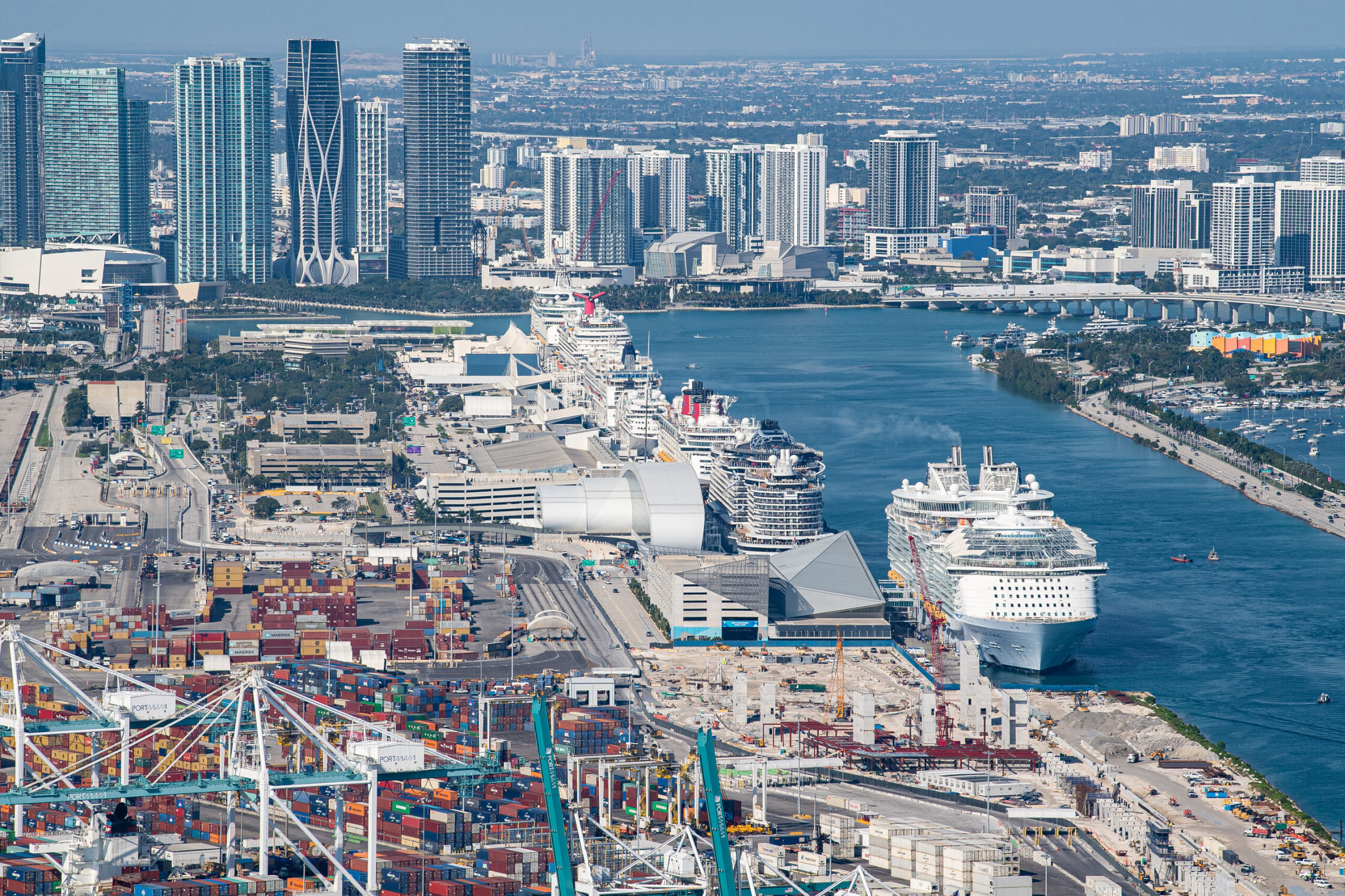


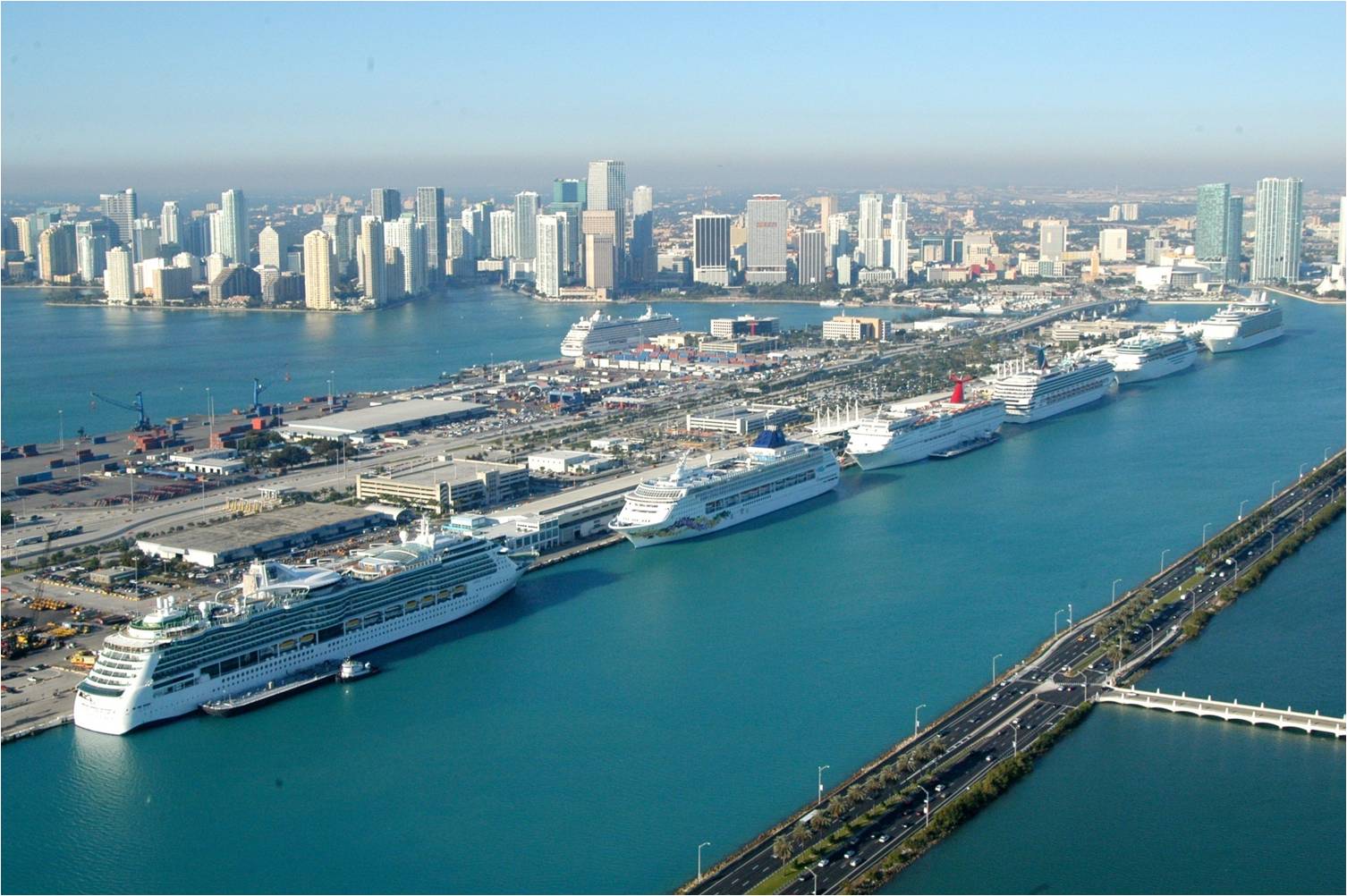
迈阿密(英语:Miami),又译为迈亚美,位于美国佛罗里达州东南角比斯坎湾、佛罗里达大沼泽地和大西洋之间,是该州仅次于杰克逊维尔的第二大城市,也是迈阿密-戴德县最大的城市和县治所在。迈阿密还是迈阿密都会区中最大的城市,这个都市圈由迈阿密-戴德县、布劳沃德县和棕榈滩县组成,人口超过559万人,是美国东南部最大的都市圈,也是全美第四大都市圈[1]。
迈阿密是国际性的大都市,在金融、商业、媒体、娱乐、艺术和国际贸易等方面拥有重要的地位[2],是许多公司、银行和电视台的总部所在。迈阿密还被认为是文化的大熔炉,受庞大的拉丁美洲族群和加勒比海岛国居民的影响很大(当地居民多使用西班牙语和海地克里奥尔语),与北美洲、南美洲、中美洲以及加勒比海地区在文化和语言上关系密切,因此有时还被称为“美洲的首都”。
2008年,迈阿密因其良好的空气质量、大量的植物被覆盖、清洁的饮用水、干净的街道和全市范围的垃圾回收计划而被《福布斯》评为“美国最干净的城市”[3]。2009年,迈阿密还被瑞士联合银行评为美国最富裕城市和全球第五富裕城市[4]。
迈阿密拥有美国第三高的天际线,全市超过300栋摩天大楼。迈阿密市中心是国际银行在美国集中度最高的地方,不少全国性或国际性的公司亦在这里设有办公室[5][6]。迈阿密港在过去20年都被公认为“世界邮轮之都”[7][8]。
Miami [maɪˈæmɪ] (City of Miami) ist eine Stadt und der Verwaltungssitz des Miami-Dade County im US-Bundesstaat Florida mit 442.241 Einwohnern (Stand: 2020).[2] Das Stadtgebiet hat eine Größe von 143,1 km². Die Stadt ist Teil der Metropolregion Miami mit etwa 6,1 Millionen Einwohnern. Der Name „Miami“ kommt von dem indianischen Wort Mayaimi („großes Wasser“), mit dem der Lake Mayaimi (heute Lake Okeechobee) und der dort lebende Indianerstamm Mayaimi bezeichnet wurde. Die Stadt liegt an der Mündung des Miami River in die Biscayne Bay, die ein Teil des Atlantischen Ozeans ist. Nach Jacksonville ist Miami die zweitgrößte Stadt Floridas. Die Mehrheit der Einwohner Miamis spricht Spanisch als Muttersprache.

美国纽约(NewYork)是美国乃至美洲最大的城市,全市由由五个区组成:曼哈顿(Manhattan)、布鲁克林(Brooklyn)、皇 后区(Queens)、布郎克斯(Bronxs)和斯塔滕岛(Staten Island)。光是一个曼哈顿(Manhattan)就超过旧金山的大小,曼哈顿区是纽约市的精华所在,分成上中下城的曼哈顿区,拥有最流行最金融和最 颓废的风情。美国最大的500家公司中,有三分之一以上把总部设在曼哈顿。这里还能领略到著名的自由女神像、联合国总部、时代广场、大都会艺术博物馆、中央公园、苏活(soho)商业区、小意大利、第五大道商业区、格林威治村、华尔街、洛克菲勒中心、百老汇剧院区、唐人街等等人们印象中的纽约。
纽约是美国文化、艺术、音乐和出版中心,有众多的博物馆、美术馆、图书馆、科学研究机构和艺术中心,美国三大广播电视网和一些有影响的报刊、通讯社的总部都设在这里。(Quelle:http://www.ghl.com.cn)
纽约市(英语:New York City,简写为NYC),通称纽约,是位于美国纽约州的城市,为美国人口最多的城市、纽约都会区的核心、以及世界最大的城市之一,是对全球的经济、商业、金融、媒体、政治、教育和娱乐具有极大影响力的国际大都会。纽约还是联合国总部所在地[5],因此也被认为是世界外交的中心[6]。纽约还被称为“世界文化之都”[7][8],名列世界三大国际都会“纽伦港”之一。[9]
纽约位于东北部,濒临大西洋海岸,坐拥世界上最大的天然港口之一的纽约港[10]。纽约市共有曼哈顿区、皇后区、布鲁克林区、布朗克斯区、斯塔滕岛区等5个行政区,每一个行政区也各自是纽约州的一个县[11]。1898年,五个行政区被合并为现在的纽约市[12]。纽约也是全美国人口最密集的主要城市[13],2012年约有8,336,697人[14]居住于302.64平方英里(783.8平方千米)的土地上[15]。纽约都市区在全美的都会区中也高居第一,人口达到1980万[16],同时也是全美最大的联合统计区的一部分,在大区中人口达到2340万[17]。纽约也是语言和人口族群最为多元化的城市[18][19],在此使用的语言达到800种[20][21],而在2005年,全市有36%的人口是非美国出生的。
纽约的历史可以追溯至1624年,荷兰殖民者在这时候在此地建立贸易站,名为新阿姆斯特丹[22]。1664年,纽约及其周边地区为英国所占[22][23][24]。美国建国后,纽约在1785年至1790年为首都[25],1790年,纽约取代费城成为美国第一大城市[26]。纽约市的标志自由女神像在19世纪末20世纪初迎接了数百万移民的到来[27],它同时也是美国及其民主制度的象征[28]。
每年来到纽约的游客达到近5500万[29],许多区域和地标为人们所熟知。纽约还被不同媒体选为世界上被拍照最多的城市[30][31][32]。时报广场位于百老汇剧院区枢纽[33],被称作“世界的十字路口”[34],是世界上行人来往最密集的步行地段之一[35][36]和世界娱乐产业的中心之一[37]。城中的许多桥梁、高楼[38]和公园世界闻名。纽约的金融区,以曼哈顿下城的华尔街为龙头,被称为世界的金融中心[39][40],世界上最大的证券交易所(按上市公司市值)纽约证券交易所也位于此地[41]。曼哈顿的房地产是世界上最为昂贵的之一[42],其唐人街是西半球最为密集的华人聚居地[43][44]。纽约地铁是世界上最为发达的城市交通系统之一,提供24小时不间断的服务[45]。纽约同时还是许多高等学府的所在地[46],其中包括哥伦比亚大学、纽约大学和洛克菲勒大学等排名位于世界前35的学校[47]。
New York City (AE: [nuːˈjɔɹk ˈsɪɾi], kurz: New York, deutsch veraltet: Neuyork,[1] Abk.: NYC) ist eine Weltstadt an der Ostküste der Vereinigten Staaten. Sie liegt im Bundesstaat New York und ist mit rund 8,5 Millionen Einwohnern die bevölkerungsreichste Stadt der Vereinigten Staaten.[2]
Die Metropolregion New York mit 18,9 Mio. Einwohnern[3] ist einer der bedeutendsten Wirtschaftsräume und Handelsplätze der Welt, Sitz vieler internationaler Konzerne und Organisationen wie der Vereinten Nationen sowie wichtiger See- und Binnenhafen an der amerikanischen Ostküste und dem Hudson. Die Stadt genießt mit ihrer großen Anzahl an Sehenswürdigkeiten, den 500 Galerien, etwa 200 Museen, mehr als 150 Theatern und mehr als 18.000 Restaurants Weltruf auch in den Bereichen Kunst und Kultur und verzeichnet jedes Jahr etwa 50 Mio. Besucher, davon knapp 12 Mio. aus dem Ausland.[4][5] Laut Forbes Magazine ist New York City die Stadt mit den höchsten Lebenshaltungskosten in den Vereinigten Staaten sowie eine der teuersten Städte weltweit.[6]
Nachdem 1524 Giovanni da Verrazano und 1609 Henry Hudson die Gegend des heutigen New Yorks erforscht hatten, siedelten ab 1610 niederländische Kaufleute an der Südspitze der Insel Manna-Hatta und bald darauf an der Westspitze von Long Island, dem heutigen Brooklyn. Erst 1626 kaufte Peter Minuit den Einheimischen, wahrscheinlich Lenni-Lenape-Indianern, die Insel „Manna-hatta“ für Waren im Wert von 60 Gulden ab. Die damit begründete Siedlung erhielt danach den Namen Nieuw Amsterdam und war zunächst Hauptstadt der Kolonie Nieuw Nederland, bis sie 1664 von den Briten erobert wurde und die Stadt den seither gültigen Namen bekam.[7] Ihr Aufstieg zur Weltstadt begann 1825 mit der Fertigstellung des Eriekanals.
Die Metropolregion New York erbrachte 2016 eine Wirtschaftsleistung von 1,657 Billionen US-Dollar. Unter den Städten der Welt belegt es damit den zweiten Rang hinter Tokio und wäre als eigener Staat gezählt unter den 20 größten Volkswirtschaften der Welt.[8]
ニューヨーク市(英: New York City)は、アメリカ合衆国ニューヨーク州にある都市。
1790年以来、同国最大の都市であり[4]、市域人口は800万人を超え、都市圏人口では定義にもよるが2000万人以上である[2][5]。2015年の市内総生産は6625億ドルであり[6]、全米最大、東京に続き世界2位である。
ロンドンと並ぶ世界トップクラスの世界都市[7]、金融センターであり[8]、国際連合の本部所在地でもあり、世界の政治、経済、文化、ファッション、エンターテインメントなどに多大な影響を及ぼしている。
The City of New York, often called New York City (NYC) or simply New York, is the most populous city in the United States.[9] With an estimated 2017 population of 8,622,698[7] distributed over a land area of about 302.6 square miles (784 km2),[10][11] New York City is also the most densely populated major city in the United States.[12] Located at the southern tip of the state of New York, the city is the center of the New York metropolitan area, the largest metropolitan area in the world by urban landmass[13] and one of the world's most populous megacities,[14][15] with an estimated 20,320,876 people in its 2017 metropolitan statistical area and 23,876,155 residents in its combined statistical area.[4][5] A global power city,[16] New York City has been described uniquely[17] as the cultural,[18][19][20][21] financial,[22][23] and media capital of the world,[24][25] and exerts a significant impact upon commerce,[23] entertainment, research, technology, education, politics, tourism, art, fashion, and sports. The city's fast pace[26][27] has inspired the term New York minute.[28] Home to the headquarters of the United Nations,[29] New York is an important center for international diplomacy.[30][31]
Situated on one of the world's largest natural harbors,[32][33] New York City consists of five boroughs, each of which is a separate county of the State of New York.[34] The five boroughs – Brooklyn, Queens, Manhattan, The Bronx, and Staten Island – were consolidated into a single city in 1898.[35] The city and its metropolitan area constitute the premier gateway for legal immigration to the United States.[36] As many as 800 languages are spoken in New York,[37][38][39] making it the most linguistically diverse city in the world.[38][40][41] New York City is home to more than 3.2 million residents born outside the United States,[42] the largest foreign-born population of any city in the world.[43] In 2017, the New York metropolitan area produced a gross metropolitan product (GMP) of US$1.73 trillion.[44] If greater New York City were a sovereign state, it would have the 12th highest GDP in the world.[45]
New York City traces its origins to a trading post founded by colonists from the Dutch Republic in 1624 on Lower Manhattan; the post was named New Amsterdam in 1626.[46] The city and its surroundings came under English control in 1664[46] and were renamed New York after King Charles II of England granted the lands to his brother, the Duke of York.[47] New York served as the capital of the United States from 1785 until 1790.[48] It has been the country's largest city since 1790.[49] The Statue of Liberty greeted millions of immigrants as they came to the Americas by ship in the late 19th and early 20th centuries[50] and is a world symbol of the United States and its ideals of liberty and peace.[51] In the 21st century, New York has emerged as a global node of creativity and entrepreneurship,[52] social tolerance,[53] and environmental sustainability,[54][55] and as a symbol of freedom and cultural diversity.[56]
Many districts and landmarks in New York City are well known, with the city having three of the world's ten most visited tourist attractions in 2013[57] and receiving a record 62.8 million tourists in 2017.[58] Several sources have ranked New York the most photographed city in the world.[59][60] Times Square, iconic as the world's "heart"[61] and its "Crossroads",[62] is the brightly illuminated hub of the Broadway Theater District,[63] one of the world's busiest pedestrian intersections,[64][65] and a major center of the world's entertainment industry.[66] The names of many of the city's landmarks, skyscrapers,[67] and parks are known around the world. Manhattan's real estate market is among the most expensive in the world.[68][69] New York is home to the largest ethnic Chinese population outside of Asia,[70][71] with multiple signature Chinatowns developing across the city.[72][73][74] Providing continuous 24/7 service,[75] the New York City Subway is the largest single-operator rapid transit system worldwide, with 472 rail stations.[76][77][78] Over 120 colleges and universities are located in New York City, including Columbia University, New York University, and Rockefeller University, which have been ranked among the top universities in the world.[79][80] Anchored by Wall Street in the Financial District of Lower Manhattan, it has been called both the most economically powerful city and the leading financial center of the world,[23][81][82][83] and the city is home to the world's two largest stock exchanges by total market capitalization, the New York Stock Exchange and NASDAQ.[84][85]
New Yorka (prononciation en anglais américain /nuːˈjɔɹk/ ; Écouter), officiellement nommée City of New York, connue également sous les noms et abréviations de New York City ou NYC, est la plus grande ville des États-Unis en termes d'habitants et l'une des plus importantes du continent américain. Elle se situe dans le Nord-Est des États-Unis, sur la côte atlantique, à l'extrémité sud-est de l'État de New York. La ville de New York se compose de cinq arrondissements appelés boroughs : Manhattan, Brooklyn, Queens, le Bronx et Staten Island. Ses habitants s'appellent les New-Yorkais (en anglais : New Yorkers).
New York exerce un impact significatif sur le commerce mondial, la finance, les médias, l'art, la mode, la recherche, la technologie, l'éducation et le divertissement. Regroupant l'ensemble des caractéristiques d'une ville mondiale, elle est parfois considérée comme « la capitale du monde ». Si elle n'est plus la capitale fédérale des États-Unis depuis plus de deux siècles (elle occupe cette fonction de 1785 à 17902), New York alimente pendant quelques décennies une rivalité financière et politique avec Philadelphie.
Il n'en reste pas moins que New York est la ville la plus peuplée du pays depuis 1790, avec 8 550 405 habitants selon le Bureau du recensement des États-Unis (estimations de 20153,4). Elle est aussi la troisième plus grande ville du continent américain derrière Mexico et São Paulo. Située au cœur de la mégalopole du BosWashb, l'agglomération new-yorkaise (20 182 305 habitants5) s'étend sur plusieurs comtés de l'État de New York (banlieues est et nord) et empiète sur deux États limitrophes. En effet, l'État du New Jersey comprend ses banlieues ouest et sud, et celui du Connecticut comprend ses banlieues nord-est. Son aire urbaine quant à elle comptait 24 millions d'habitants en 20156.
New York accueille quelque 50 millions de visiteurs annuellement7,8,9. Times Square, « The Crossroads of the World »10,11,12, est l'une des intersections les plus populaires du monde13, et le quartier des théâtres de Broadway14 est la plaque tournante du spectacle dans le pays tout entier et un centre majeur de l'industrie du divertissement dans le monde15. La ville abrite un grand nombre de ponts et tunnels (78916 en 2012), gratte-ciel et parcs de renommée mondiale17.
New York se place en tête dans la triade des grands centres financiers mondiaux avec Londres et Hong Kong, ces trois villes étant appelées par les médias anglophones « Nylonkong »18. Le quartier financier de New York, ancré par Wall Street dans le Lower Manhattan, fonctionne ainsi comme la « capitale financière du monde »19,20,21,22,23,24 et est le foyer du New York Stock Exchange (Bourse de New York)25, tandis que le nouveau One World Trade Center est le plus haut gratte-ciel d'Amérique du Nord. De plus, le marché immobilier de Manhattan est parmi les plus chers dans le monde26.
New York est frappée le 11 septembre 2001 par le plus grave attentat ayant jamais touché les États-Unis, deux avions de ligne détournés par des terroristes membres d'Al-Qaïda percutèrent les tours jumelles du World Trade Center et les détruisirent entièrement. En 2018, le quartier est toujours en reconstruction. New York est l'une des villes les plus cosmopolites du monde, par ses nombreux quartiers ethniques. Les plus connus sont Little Italy, ou encore Chinatown qui intègre la plus forte concentration de population chinoise des Amériques27,28,29,30. Enfin, New York accueille des institutions d'importance mondiale. On peut notamment citer le siège de l'ONU, mais aussi de nombreux sièges de multinationales31 et des centres culturels tels que le Metropolitan Museum of Art, le Brooklyn Museum, le Museum of Modern Art, le Lincoln Center. De nombreuses universités réputées sont situées à New York, notamment l'université de la ville de New York, l'université Columbia, l'université de New York, et l'université Rockefeller, qui sont classées dans le top 50 des universités dans le monde32.
New York (AFI: /njuˈjɔrk/[6], in inglese americano [nuː ˈjɔɹk], in italiano conosciuta anche come Nuova York) è una città degli Stati Uniti d'America. Viene detta New York City per distinguerla dall'omonimo Stato federato.
Conosciuta nel mondo anche come "grande mela" (Big Apple), un paragone le cui origini risalgono al libro The Wayfarer in New York scritto da Edward S. Martin nel 1909,[7][8] è situata nello Stato omonimo e sorge su un'area di circa 785 km² alla foce del fiume Hudson, sull'oceano Atlantico, mentre l'area metropolitana comprende anche località situate nei due adiacenti stati del New Jersey e del Connecticut.
È la città più popolosa degli Stati Uniti (tanto che la sua popolazione di 8,5 milioni di abitanti supera il doppio dei 4 milioni di Los Angeles, seconda città nazionale), nonché uno dei centri economici più importanti del mondo, riconosciuta come città globale. L'agglomerato urbano conta 18.223.567 abitanti,[9] quello metropolitano è di 23.019.036 abitanti, che la rendono, secondo le stime, dalla terza alla sesta area urbana più popolata del mondo, e tra le prime tre dell'emisfero boreale e del continente americano (in concorrenza con Città del Messico e San Paolo). New York è anche stimata come diciottesima città più popolata al mondo, tra le città africane di Kinshasa e Lagos, nonché la più popolosa città anglofona del mondo.
Situata sulla cosiddetta baia di New York (New York Bay), in parte sul continente e in parte su isole, è amministrativamente divisa in cinque distretti (borough): Manhattan, The Bronx, Queens, Brooklyn e Staten Island. Di essi, uno è nel continente (il Bronx, situato a nord di Manhattan), tre si trovano su isole: (Staten Island, di fronte al New Jersey; Queens e Brooklyn, rispettivamente nell'estremità nord-occidentale e sud-occidentale dell'isola di Long Island) e uno, Manhattan, sull'appendice inferiore della penisola su cui si trova anche il Bronx e che da esso è separato dall'Harlem River, fiume-canale che collega l'Hudson all'East River. I cinque distretti sono sedi di contea metropolitana: la contea di New York propriamente detta occupa il territorio di Manhattan, quella di Kings il territorio di Brooklyn e quella di Richmond il territorio di Staten Island; le altre due contee (Bronx e Queens) sono omonime dei distretti e si sovrappongono al loro territorio amministrativo. New York è inoltre riconosciuta come una delle città con i panorami urbani più impressionanti del mondo.
Non appartengono a New York, né fanno parte della sua area metropolitana, ma gravitano intorno ad essa per ragioni economiche e culturali, alcune città del confinante Stato del New Jersey, come Jersey City, Newark e Hoboken, situate sulla riva occidentale dell'Hudson, di fronte a Manhattan. La citata Newark è tra l'altro sede di uno degli aeroporti internazionali che servono New York, il Newark-Liberty, situato a 24 km da Manhattan.
Uno dei suoi simboli più famosi è la Statua della Libertà, nonostante non appartenga al suo territorio.
Nueva York2 (en inglés: New York City) es la ciudad más poblada del estado homónimo y de los Estados Unidos de América, y la segunda mayor concentración urbana del continente americano, después de la Ciudad de México. La ciudad de Nueva York está entre las aglomeraciones urbanas más grandes y pobladas del mundo.4
Desde finales del siglo XIX es uno de los principales centros de comercio y finanzas del mundo. Nueva York está considerada como ciudad global, por sus influencias a nivel mundial en los medios de comunicación, en la política, en la educación, en el entretenimiento, las artes y la moda.5 La influencia artística y cultural de la ciudad es de las más fuertes del mundo. En esta ciudad se encuentra la sede central de la Organización de las Naciones Unidas, lo que también la convierte en un importante punto de las relaciones internacionales. La enorme relevancia de la ciudad a todos los niveles la convierte, juntamente con Londres, Tokio y París, en una de las ciudades más destacadas e influyentes del planeta.6
La ciudad se compone de cinco boroughs (a veces traducido como 'condado', 'distrito' o 'comuna') cada uno de los cuales coincide con un condado: Bronx, Brooklyn, Manhattan, Queens, y Staten Island. Con más de 8,4 millones de neoyorquinos en un área urbana de 830 kilómetros cuadrados (320 mi²), Nueva York es la segunda ciudad con más densidad de población de los Estados Unidos, detrás de Union City, Nueva Jersey, localizada al otro lado del río Hudson.7
La ciudad tiene muchos lugares y edificios reconocidos por todo el mundo. Por ejemplo, la estatua de la Libertad, ubicada en la isla homónima, y la isla de Ellis, que recibió a millones de inmigrantes que llegaban a Estados Unidos a finales del siglo XIX y comienzos del XX. Wall Street ha sido uno de los principales centros mundiales de finanzas desde la Segunda Guerra Mundial y es la sede de la Bolsa de Nueva York. La ciudad también ha concentrado a muchos de los edificios más altos del mundo, entre los que se encuentran el edificio Empire State y las torres gemelas del World Trade Center, que fueron derribadas en los atentados del 11 de septiembre de 2001.
La ciudad también es la cuna de muchos movimientos culturales estadounidenses, como por ejemplo el renacimiento de Harlem en literatura y artes visuales, el expresionismo abstracto (también conocido como Escuela de Nueva York) en pintura, y hip hop,8 punk y Tin Pan Alley en música. En 2005, se hablaban casi 170 idiomas en la ciudad, y el 36 % de su población había nacido fuera de los Estados Unidos.910 Con su metro en funcionamiento las 24 horas del día, el movimiento de tráfico y gente es constante.
Нью-Йо́рк (англ. New York City, МФА: New York  слушать, [nuː ˈjɔɹk ˈsɪtɪ] или [njuː ˈjɔːk ˈsɪti]) — крупнейший город США[2][3], входящий в одну из крупнейших агломераций мира[4][5][6]. Население города составляет 8 405 837 человек[1], агломерации — 20,63 млн (оценка на 2015 год). Нью-Йорк расположен на берегу Атлантического океана в юго-восточной части штата Нью-Йорк. Город был основан в начале XVII века голландскими колонистами и до 1664 года назывался Новый Амстердам[7].
слушать, [nuː ˈjɔɹk ˈsɪtɪ] или [njuː ˈjɔːk ˈsɪti]) — крупнейший город США[2][3], входящий в одну из крупнейших агломераций мира[4][5][6]. Население города составляет 8 405 837 человек[1], агломерации — 20,63 млн (оценка на 2015 год). Нью-Йорк расположен на берегу Атлантического океана в юго-восточной части штата Нью-Йорк. Город был основан в начале XVII века голландскими колонистами и до 1664 года назывался Новый Амстердам[7].
Нью-Йорк включает пять административных округов (районов, боро): Бронкс, Бруклин, Куинс, Манхэттен и Статен-Айленд. Основные достопримечательности расположены в боро Манхэттен. Среди них: исторические небоскрёбы (Эмпайр-стейт-билдинг, Крайслер-билдинг), Рокфеллеровский центр, Вулворт-билдинг, художественный Метрополитен-музей, Метрополитен-опера, Музей Соломона Гуггенхайма (живопись), Американский музей естественной истории (скелеты динозавров и планетарий), легендарный отель «Челси», штаб-квартира ООН, Гарлем.
Нью-Йорк — важный мировой финансовый, политический, экономический и культурный центр[8].
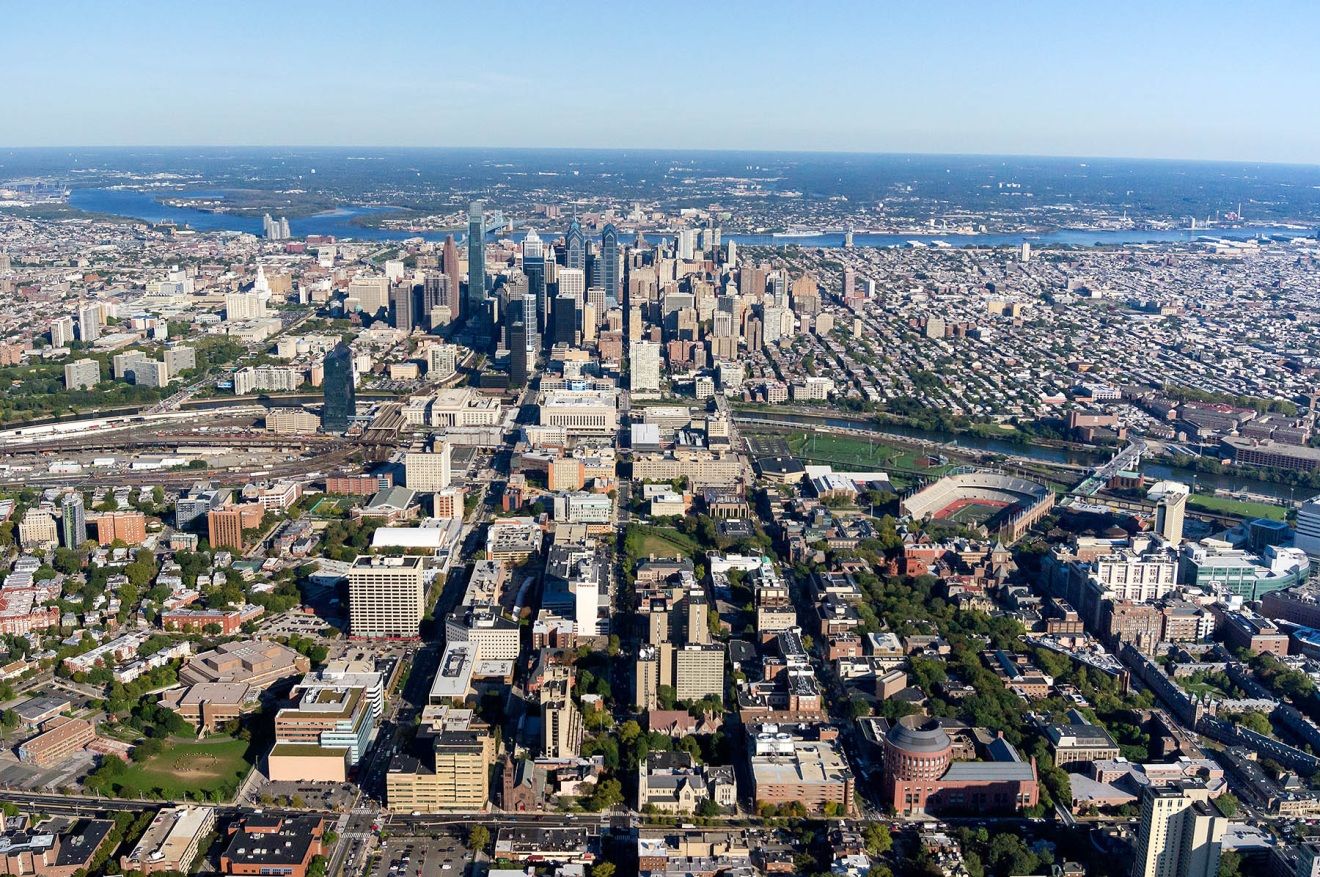
费城(英语:Philadelphia),即费利德菲亚,也常被简称为费利(或菲利,英语:Philly) ,中文又音译为非拉铁非和菲拉德尔斐亚,是美国宾夕法尼亚州人口最多、面积最大的都市,同时是美国第五大城。根据2010年人口普查数据,费城人口为1,526,006人。费城市中心的人口在全美国排名第五,仅次于纽约、洛杉矶、芝加哥和休斯顿。以现在美国官方的定义而言,费城都会区的面积大小排名全美第四,共约620万人居住其中,但若以其他定义来衡量,费城排名第六,次于旧金山湾区与华盛顿-巴尔的摩都会区。费城是德拉瓦河谷都会区的中心城市。
费利德菲亚即希腊文“友爱”的意思,是传教士命名的,费城是美国最老、最具历史意义的城市,它在美国史上有非常重要的地位。在18世纪时,费城是美国第二大城与人口最多的城市,在当时,它的政治与社会重要性超过纽约与波士顿。本杰明·富兰克林对费城的兴起贡献良多。从1854年起,费城市和费城县为两个并行的地方政府,而从1952年起,市与县共有一个政府组织,但费城县仍属宾州州政府下的一个独立的县。
自从1854年通过“合并法案”(Act of Consolidation)后,费城市的边界就与费城县相同。在此之前,费城市只在南街(South Street)、葡萄街(Vine Street)与德拉瓦河与斯库基尔河(Schuylkill River)之间的区域。费城后来扩张至周围的西费城(West Philadelphia)、北费城(North Philadelphia)与东北费城(Northeast Philadelphia),同时也包括了几个小型的聚落如罗布鲁(Roxborough)、马拉扬克(Manayunk)、艾利山(Mount Airy)与栗树丘(Chestnut)。费城同时是全美最大的大学城(college town)之一,拥有许多高等学府,其中包括常春藤盟校的宾夕法尼亚大学,国家第一所医学院和法学院兼缘于此校。有超过120,000名大学生就读市区的学院与大学,周遭的都会区也有接近300,000名的大学与学院学生。
Philadelphia ist eine Stadt im US-Bundesstaat Pennsylvania. Mit rund 1,6 Millionen Einwohnern (Stand: 2016, Schätzung des U.S. Census Bureau) ist sie die sechstgrößte Stadt der Vereinigten Staaten[1] und die größte des Bundesstaates Pennsylvania. An der Ostküste ist Philadelphia nach New York City die zweitgrößte Stadt. Die Stadt liegt am Delaware River im Zentrum der Metropolregion Delaware Valley.
In der Geschichte der USA ist Philadelphia eine der bedeutendsten Städte. Nach New York und vor Washington war sie 1790 bis 1800 Nationalhauptstadt und damals die größte Stadt der USA sowie nach London die zweitgrößte englischsprachige Stadt der Welt. In Philadelphia tagte der erste und teilweise auch der zweite Kontinentalkongress sowie der Verfassungskonvent von 1787, die Amerikanische Unabhängigkeitserklärung wurde hier verkündet und die Verfassung beschlossen.
Philadelphia wird umgangssprachlich Philly oder City of Brotherly Love genannt, was von einer Übersetzung des griechischen Namens Philadelphia herrührt (φιλíα philía ‚Liebe‘ und ἀδελφός adelphós ‚Bruder‘ → φιλαδελφία philadelphía ‚Bruderliebe‘).
フィラデルフィア(英語: Philadelphia)は、アメリカ合衆国ペンシルベニア州南東部にある都市。同州の最大都市かつ北米有数の世界都市である。市内の人口は156万7442人(2015年推計[1])で全米第5位。
名門のペンシルベニア大学や工学系に強いドレクセル大学、日本にもキャンパスを置く州立大学のテンプル大学を抱える学術都市である。市内に約12万人、都市圏全体で約30万人と、全米で最も多くの学生を持つ都市のひとつである。
漢字の当て字和名は費拉特費、また短縮して費府。
なお、フィラデルフィア都市圏の治安は概ね良好であるが、デラウェア川の対岸にあるニュージャージー州カムデンは、デトロイトやセントルイスなどと並んで、全米で最も危険な都市のひとつとされる。
独立記念館や自由の鐘があり、近郊にはバレーフォージがある合衆国建国ゆかりの地である。
Philadelphia, often called Philly, is the largest city in the U.S. state and Commonwealth of Pennsylvania, and the sixth-most populous U.S. city, with a 2017 census-estimated population of 1,580,863.[6] Since 1854, the city has been coterminous with Philadelphia County, the most populous county in Pennsylvania and the urban core of the eighth-largest U.S. metropolitan statistical area, with over 6 million residents as of 2017.[4] Philadelphia is also the economic and cultural anchor of the greater Delaware Valley, located along the lower Delaware and Schuylkill Rivers, within the Northeast megalopolis. The Delaware Valley's population of 7.2 million ranks it as the eighth-largest combined statistical area in the United States.[5]
William Penn, an English Quaker, founded the city in 1682 to serve as capital of the Pennsylvania Colony.[8] Philadelphia played an instrumental role in the American Revolution as a meeting place for the Founding Fathers of the United States, who signed the Declaration of Independence in 1776 at the Second Continental Congress, and the Constitution at the Philadelphia Convention of 1787. Several other key events occurred in Philadelphia during the Revolutionary War including the First Continental Congress, the preservation of the Liberty Bell, the Battle of Germantown, and the Siege of Fort Mifflin. Philadelphia was one of the nation's capitals during the revolution, and served as temporary U.S. capital while Washington, D.C., was under construction. In the 19th century, Philadelphia became a major industrial center and a railroad hub. The city grew from an influx of European immigrants, most of whom came from Ireland, Italy and Germany—the three largest reported ancestry groups in the city as of 2015.[9] In the early 20th century, Philadelphia became a prime destination for African Americans during the Great Migration after the Civil War,[10] as well as Puerto Ricans.[11] The city's population doubled from one million to two million people between 1890 and 1950.
The Philadelphia area's many universities and colleges make it a top study destination, as the city has evolved into an educational and economic hub.[12][13] According to the Bureau of Economic Analysis, the Philadelphia area had a gross domestic product of US$431 billion in 2016, the eighth-largest metropolitan economy in the United States.[14] Philadelphia is the center of economic activity in Pennsylvania and is home to five Fortune 1000 companies. The Philadelphia skyline is expanding, with a market of almost 81,900 commercial properties in 2016,[15] including several nationally prominent skyscrapers.[16] Philadelphia has more outdoor sculptures and murals than any other American city.[17][18] Fairmount Park, when combined with the adjacent Wissahickon Valley Park in the same watershed, is one of the largest contiguous urban park areas in the United States.[19] The city is known for its arts, culture, cuisine, and colonial history, attracting 42 million domestic tourists in 2016 who spent US$6.8 billion, generating an estimated $11 billion in total economic impact in the city and surrounding four counties of Pennsylvania.[20] Philadelphia has also emerged as a biotechnology hub.[21]
Philadelphia is the birthplace of the United States Marine Corps,[22][23] and is also the home of many U.S. firsts, including the first library (1731),[24] hospital (1751),[24] medical school (1765),[25] national capital (1774),[26] stock exchange (1790),[24] zoo (1874),[27] and business school (1881).[28] Philadelphia contains 67 National Historic Landmarks and the World Heritage Site of Independence Hall.[29] The city became a member of the Organization of World Heritage Cities in 2015,[30] as the first World Heritage City in the United States.[13] Although Philadelphia is rapidly undergoing gentrification, the city actively maintains mitigation strategies to minimize displacement of homeowners in gentrifying neighborhoods.[31]
Philadelphie (en anglais Philadelphia, prononcé [ˌfɪləˈdɛlfiə]), surnommée Philly, est une ville du Commonwealth de Pennsylvanie, située dans le Nord-Est des États-Unis, entre New York et Washington DC. Le nom de la ville, choisi par William Penn, signifie « amitié fraternelle2 » en grec, car elle devait être un îlot de tolérance religieuse.
Cinquième ville du pays selon le recensement fédéral de 2010 (après New York, Los Angeles, Chicago et Houston) et sixième agglomération3, Philadelphie compte 1 526 006 habitants dans la municipalité (Philadelphia City) et 5 965 343 habitants dans son aire métropolitaine (PMSA de Philadelphie–Camden–Wilmington)4.
Centre historique, culturel et artistique majeur aux États-Unis, Philadelphie est également un grand port industriel sur le fleuve Delaware qui se jette dans l’océan Atlantique. Fondée en 1682, elle fut jusqu'à 1790 la ville la plus peuplée d'Amérique du Nord. Entre 1774 et 1800, le Congrès des États-Unis s'est réuni en plusieurs endroits, le plus souvent à Philadelphie, faisant de celle-ci la capitale temporaire du pays, jusqu'à ce que Washington devienne la capitale définitive. Par ailleurs, Philadelphie entretient pendant quelques décennies une rivalité financière et politique avec New York, avant d'être éclipsée par sa rivale.
À présent, Philadelphie est la principale métropole de l'État de Pennsylvanie, dont la capitale est Harrisburg, et le siège du comté de Philadelphie.
Filadelfia[1][2] (in inglese: Philadelphia, informalmente anche Philly[3]) è la sesta città per popolazione degli Stati Uniti d'America e la più importante dello stato della Pennsylvania. Nel 2014 contava 1 560 297 abitanti; mentre la sua area metropolitana, estesa anche su parti dei vicini stati del Delaware e del New Jersey, raggiungeva i 5,8 milioni di abitanti.
Fondata nel 1682 dal quacchero William Penn, Filadelfia è una delle più antiche città degli Stati Uniti d'America, e fra la fine del XVIII secolo e l'inizio del XIX fu la città più grande del Paese. In quell'epoca vi furono redatte la dichiarazione di Indipendenza (1776) e la costituzione statunitense.
Filadelfia sorge sulla riva occidentale del fiume Delaware, ed è attraversata da un suo affluente, lo Schuylkill; il centro storico della città è compreso fra questi due fiumi.
Filadelfia3 (en inglés, Philadelphia, también apodada coloquialmente Philly) es la mayor ciudad del estado de Pensilvania, Estados Unidos. Está ubicada sobre la orilla derecha del río Delaware —poco antes de su desembocadura en la bahía de Delaware—, que la separa del estado de Nueva Jersey, y en un punto intermedio entre las importantes ciudades de Nueva York y Washington D. C. Es la quinta ciudad del país por población y la 51.ª del mundo. El condado de Filadelfia, del que es sede, tiene 1 526 000 habs. (Philadelphia City) y su área metropolitana (Valle de Delaware) alcanza los 6 millones de habs. (censo de 2014).
Es un gran centro histórico, cultural y artístico en los Estados Unidos, y de la misma forma un importante puerto industrial sobre el río Delaware, que se extiende hasta el océano Atlántico. Fundada en 1682, fue durante el siglo XVIII la ciudad más poblada de las Trece Colonias y la tercera ciudad más poblada del Imperio británico (tras Londres y Dublín), antes de convertirse provisionalmente en la ciudad capital de los Estados Unidos. Fue velozmente superada por Nueva York y le cedió su estatus de capital a la flamante ciudad de Washington D.C. Hoy, Filadelfia es la principal metrópolis del estado de Pensilvania, aunque la capital y sede del gobierno es Harrisburg.
El nombre de la ciudad, elegido por William Penn, significa "la ciudad del amor fraternal" (compuesta de philos (φίλος) "amor", y adelphos (ἀδελφός) "hermano"), pues se deseaba que fuese un refugio de tolerancia religiosa.
Establecida en 1682, es una de las ciudades más antiguas del país, y, como capital original y ciudad más grande de la época colonial, gozaba de una importancia política y social mayor que Boston o Nueva York. En 1776, el Congreso Continental de las Trece Colonias se reunió en Filadelfia y en el 4 de julio de ese año, declaró la independencia de Gran Bretaña. Quizás el ciudadano más famoso de Filadelfia fue Benjamin Franklin, escritor, científico y político.
Filadelfia es fundamental para la historia afroamericana, su gran población negra es anterior a la Gran Migración.
Филаде́льфия (англ. Philadelphia [ˌfɪləˈdɛlfiə], общеупотр. сокр. «Фи́л(л)и», англ. Philly [ˈfɪli])[1][2] — один из старейших городов США, пятый по величине населения город страны и самый населённый город штата Пенсильвания, с населением 1 526 006 жителей (согласно переписи 2010 года). Население агломерации вместе с пригородами составляет 6 034 678 жителей. Расположен на реке Делавэр у побережья Атлантического океана[3].
Филадельфия богата историей и культурой. В исторической части города до сих пор царит атмосфера маленького и тихого городка, каким была и Филадельфия, и другие колониальные города во время образования государства Соединённые Штаты Америки.
Основан в 1682 году Уильямом Пенном. Имеет прозвище «Город братской любви» (Φιλαδέλφεια на греческом языке означает 'братолюбие'), это связано с тем, что город основан переселенцами, принадлежавшими к протестантской общине квакеров (в США и сейчас его неофициально называют Квакертаун - 'город квакеров'). В 1776 году в Филадельфии Второй континентальный конгресс тринадцати североамериканских штатов принял Декларацию независимости. В 1776, 1777, 1778—1783 и 1790—1800 Филадельфия была временной столицей США.
Одним из известных жителей города был Бенджамин Франклин.
 加利福尼亚州高速公路一号
加利福尼亚州高速公路一号

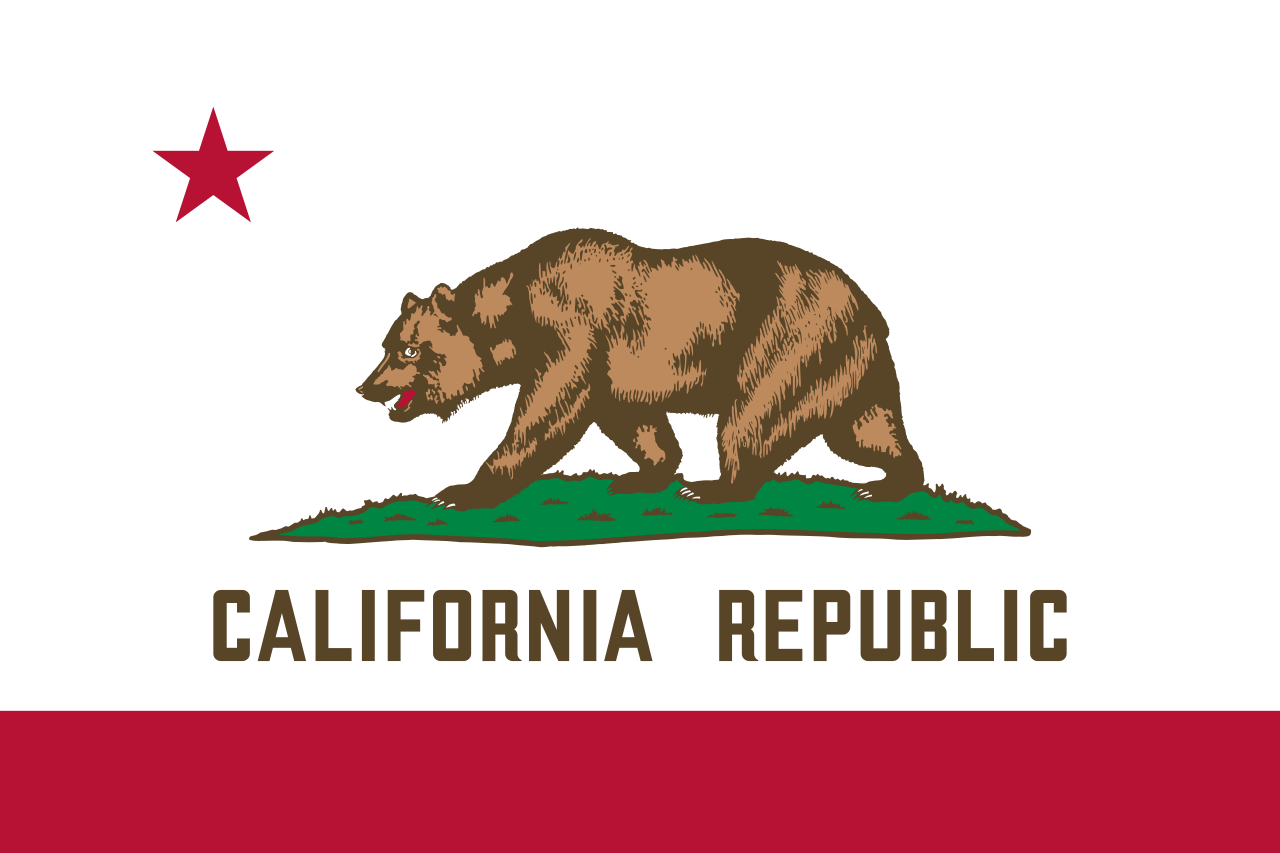 加利福尼亚州
加利福尼亚州

 2026年世界杯足球赛
2026年世界杯足球赛

 财政金融
财政金融
 ***全球金融中心
***全球金融中心

 历史
历史
 公元 2000 - 2100
公元 2000 - 2100

 历史
历史
 公元 1500 - 2000
公元 1500 - 2000

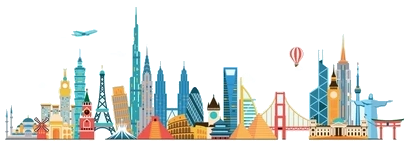 国际城市
国际城市
 ***全球城市经济竞争力
***全球城市经济竞争力
 丝绸之路
丝绸之路
 美国
美国

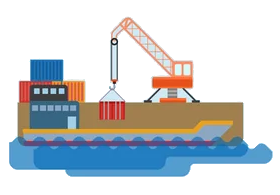 重要港口
重要港口
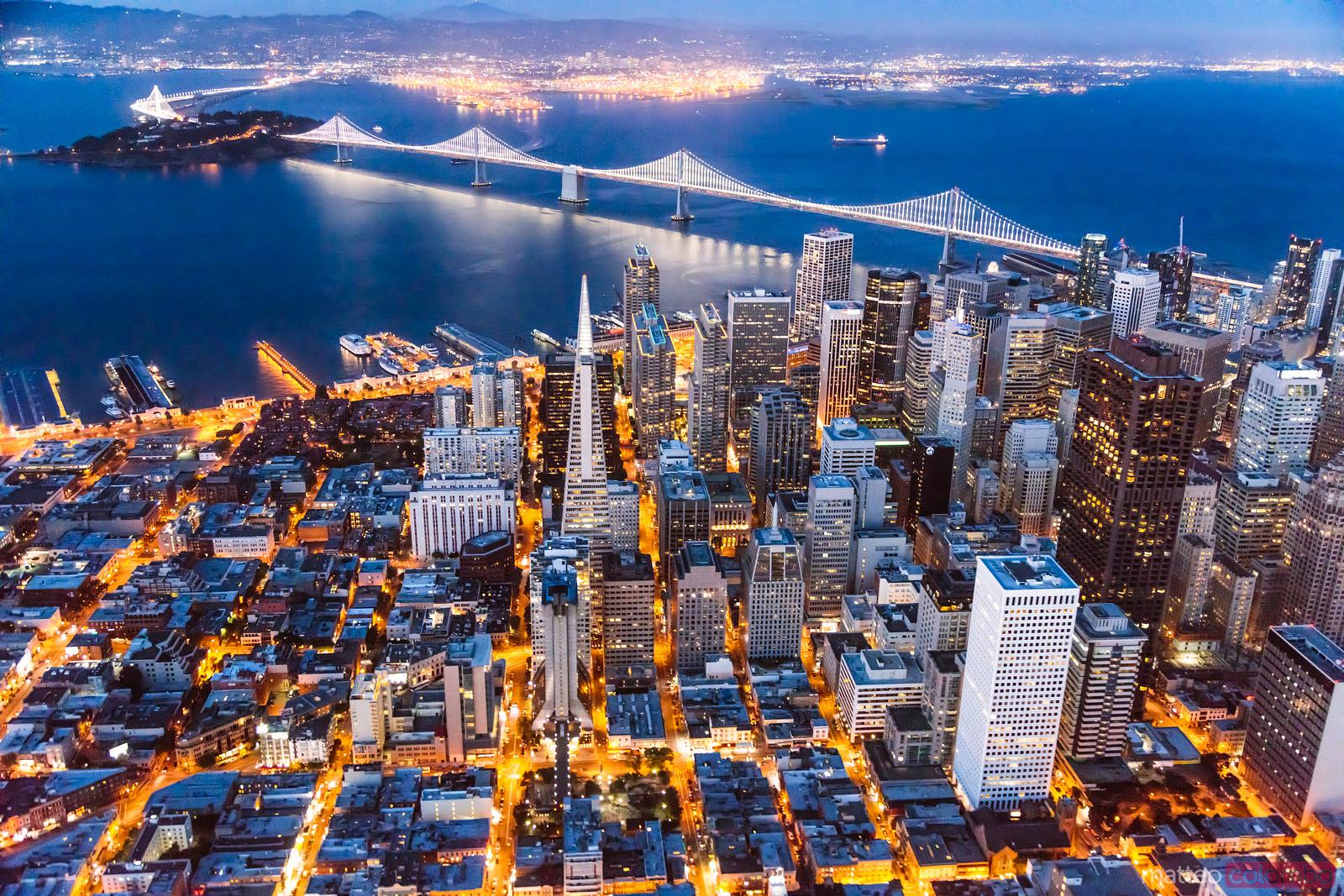
太平洋沿岸仅次于洛杉矶的第二大港市。位于加利福尼亚州西北部,美国西海岸中点。市区面积119平方公里,人口72.4万(1990),为美国西部人口密度最高的城市。大市区包括附近4个县和奥克兰、伯克利等城镇,面积7475平方公里。
城市座落在宽不足10公里的半岛北端,介于太平洋和圣弗朗西斯科湾之间,北临金门海峡。市域内丘陵起伏,有双峰山、戴维森山,最著名者为诺布山; 沿海地带较为平坦。南流的萨克拉门托河和北流的圣华金河在城市附近汇合后,向西注入圣弗朗西斯科湾。因地处圣安德烈斯大断层上,多地震。气候宜人,冬季温 和,1月平均气温9℃;夏季凉爽,7月平均气温17.8℃。年平均降水量约500毫米,以冬雨为主,夏日多雾。1776年为西班牙移民拓居地。1806年俄国在此设哨所,作为当时俄届阿拉斯加的物资供应站。1821年属墨西哥。1846年归美国时,为居民不到干人的小镇。1848年附近地区发现金矿,大批淘金者涌入,包括第一批中国“契 约劳工”。1850年设市时,人口已增至2.5万人,成为贸易和为矿业服务的中心,附近地区的农业也有所发展。18邱年后随着横贯大陆铁路的通达和港区设 施的逐步完善,城市迅速发展。1880年后开始向海湾以东地区扩展,形成若干卫星城镇,19世纪末,人口已达34万。1906年大地震时全城80%建筑被 毁,后迅速重建。1914年巴拿马运河通航,港口日益繁荣,贸易量激增。第二次世界大战中,为军需物资的重要供应站。战后,工、商、金融、旅游服务业和市政建设均有较大发展,大市区由单一中心扩展为由旧金山、海湾东区(奥克兰)和圣何塞三大中心组成的城镇群。
旧金山(英语:San Francisco),正式名称为旧金山市县(City and County of San Francisco),是位于美国加利福尼亚州北部的都市,为加州唯一市县合一的行政区,中文又音译为三藩市和圣弗朗西斯科,亦别名“金门城市”、“湾边之城”、“雾城”等。位于旧金山半岛的北端,东临旧金山湾、西临太平洋,人口约86万,为加州第四大城;其与湾边各都市组成的旧金山湾区,人口总数达768万,是仅次于大洛杉矶地区的美国西岸第二大都会区[4]。
旧金山是北加州与旧金山湾区的核心都市,当地住有很多艺术家、作家和演员,在20世纪及21世纪初一直是美国嬉皮士文化和近代自由主义、进步主义的中心之一。旧金山也是联合国的诞生地[5][6][7]。旧金山是受欢迎的旅游目的地[8],以其凉爽的夏季、多雾、绵延的丘陵地形、混合的建筑风格,以及金门大桥、缆车、恶魔岛监狱及唐人街等景点闻名。此外,旧金山也是五大主要银行及许多大型公司、机构的总部所在,其中又以互联网产业为最,包括盖璞、太平洋瓦电公司、Yelp、Dropbox、Pinterest、Twitter、优步、爱彼迎、Mozilla、维基媒体基金会、克雷格列表、Salesforce.com等。
San Francisco (Aussprache: ˌsæn fɹənˈsɪskoʊ, auch San Franzisko[3]), offiziell City and County of San Francisco (Stadt und Kreis von San Francisco), ist eine Stadt und eine Metropolregion im US-Bundesstaat Kalifornien an der Westküste der Vereinigten Staaten am Pazifischen Ozean. Mit 805.195 Einwohnern (Stand der Volkszählung 2010)[4] ist sie die viertgrößte Stadt Kaliforniens. Im globalen Vergleich gilt sie neben ähnlich großen Städten wie etwa Frankfurt am Main oder Amsterdam als mittelgroße Weltstadt.
Der Name der Stadt ist spanischen Ursprungs. San Francisco ist nach dem Heiligen Franziskus, also Franz von Assisi, benannt.
サンフランシスコ市郡(英語: City and County of San Francisco、通称: San Francisco[1])は、アメリカ合衆国西海岸にあるカリフォルニア州の北部に位置する都市。
キリスト教のフランシスコ会の修道士が創設者の聖フランシスコを街の名に付けたのが地名の由来である。漢字では、桑港や旧金山と表記される。桑港は、「サンフランシスコ」を音訳した「桑方西斯哥」(現代中国語普通話ではSāngfāngxīsīgē(サンファンシースーグー)の発音になる)の頭文字「桑」(サン)に、港町である事を示す「港」を加えたものである。この漢字表記は、現地の日系社会でも使われるため、商店や日本語学校などの名称によく見られる。ジャパンタウン(日本人街)にある曹洞宗の寺院「日本山桑港寺(そうこうじ)」はその代表である。一方の旧金山(舊金山)は、1849年に起こったカリフォルニア・ゴールドラッシュにちなんだ名称である。当初この地に労働者としてきた華人たちはサンフランシスコを「金山」と呼んだが、後にオーストラリア・ビクトリア州など他の地域でもゴールドラッシュが起きるとサンフランシスコは旧金山と呼ばれるようになった(「新金山」はメルボルンを指す)。現地の中国系社会では桑港と同様に広東語で「サンファンシー」の音を当てた三藩市が旧金山よりも多用される傾向があり、市当局も中文での名称を三藩市としている[2]。
アメリカの他地域では頭文字の「SF」や「フリスコ(Frisco)」愛称・略称で呼ばれることが多い。または「サンフラン」(San-Fran)との略称で呼ばれることもある。日本では、特に(航空機での渡航の対象として)「シスコ」の略称で呼ばれることも多い。地元とベイエリア周辺では単純に愛情を込めて「the city」と呼ばれることが多い。
ロサンゼルスと共にカリフォルニア州の経済、工業の中心地として知られており、金融センターとしてアメリカ西海岸では随一の重要性を持っている。2017年の調査によると、世界6位の金融センターであり、アメリカの都市ではニューヨークに次ぐ2位である[3]。サンフランシスコ自体の人口は776,733人(2000年国勢調査)だが、対岸のオークランドなどを含めた都市圏(MSA)の人口は4,123,747人にも上り、全米第12位の規模。更に南岸のサンノゼを加えたサンフランシスコ・ベイエリア全体の人口は7,092,596人で広域都市圏(合同統計地域: CSA)としては全米6番目の規模である。(いずれも2000年国勢調査)それゆえに大規模なダウンタウンが形成されており、近代的なビルが建ち並ぶ。シリコンバレーやカリフォルニア大学バークレー校にも近く、コンピュータ系の企業も多い。
気候は地中海性気候に属し、一年を通して気温の差が比較的小さく、気候的にも住みやすい都市である。急な坂が多く、深い霧に覆われることでも有名である。都市部から13マイルほど南下すると、サンフランシスコ国際空港がある。
観光地としての評価も非常に高い都市であり、外国人のみならず、アメリカ人の間でも訪れたい都市の上位にランクされている。有名な観光スポットとしてゴールデン・ゲート・ブリッジ(金門橋)やフィッシャーマンズワーフ、ツインピークス等が挙げられる。市内を走る伝統あるケーブルカーも人気が高い。
アメリカのシンクタンクが2017年に発表した総合的な世界都市ランキングにおいて、世界13位の都市と評価された[4]。アメリカの都市ではニューヨーク、ロサンゼルス、シカゴに次ぐ4位である。
世界的に著名な都市なので、ロサンゼルスと共に州都であると思われがちだが、誤りである(実際の州都はサクラメント。米国は原則として中小都市に州政府を置く伝統があり、ニューヨークもシカゴも州都ではない)。
San Francisco (SF; /ˌsæn frənˈsɪskoʊ, fræn-/; Spanish for 'Saint Francis'; Spanish: [san franˈsisko]), officially the City and County of San Francisco, is the cultural, commercial, and financial center of Northern California. San Francisco is the 13th most populous city in the United States, and the 4th most populous in California, with 884,363 residents as of 2017.[18] It covers an area of about 46.89 square miles (121.4 km2),[19] mostly at the north end of the San Francisco Peninsula in the San Francisco Bay Area, making it the second most densely populated large US city, and the fifth most densely populated U.S. county, behind only four of the five New York City boroughs. San Francisco is also part of the fifth most populous primary statistical area in the United States, the San Jose–San Francisco–Oakland, CA Combined Statistical Area (8.8 million residents).
As of 2016, it was the 7th highest-income county in the United States, with a per capita personal income of $110,418.[20] The San Francisco CSA was the country's 3rd largest urban economy as of 2017, with a GDP of $878 billion.[21] Of the 574 primary statistical areas in the US, the San Francisco CSA had the highest GDP per capita in 2017, at $99,347 per capita.[21] San Francisco was ranked 14th in the world and third in the United States on the Global Financial Centres Index as of September 2018.[22]
San Francisco was founded on June 29, 1776, when colonists from Spain established Presidio of San Francisco at the Golden Gate and Mission San Francisco de Asís a few miles away, all named for St. Francis of Assisi.[2] The California Gold Rush of 1849 brought rapid growth, making it the largest city on the West Coast at the time. San Francisco became a consolidated city-county in 1856.[23] San Francisco's status as the West Coast's largest city peaked between 1870 and 1900, when around 25% of California's population resided in the city.[24] After three-quarters of the city was destroyed by the 1906 earthquake and fire,[25] San Francisco was quickly rebuilt, hosting the Panama-Pacific International Exposition nine years later. In World War II, San Francisco was a major port of embarkation for service members shipping out to the Pacific Theater.[26] It then became the birthplace of the United Nations in 1945.[27][28][29] After the war, the confluence of returning servicemen, significant immigration, liberalizing attitudes, along with the rise of the "hippie" counterculture, the Sexual Revolution, the Peace Movement growing from opposition to United States involvement in the Vietnam War, and other factors led to the Summer of Love and the gay rights movement, cementing San Francisco as a center of liberal activism in the United States. Politically, the city votes strongly along liberal Democratic Party lines.
A popular tourist destination,[30] San Francisco is known for its cool summers, fog, steep rolling hills, eclectic mix of architecture, and landmarks, including the Golden Gate Bridge, cable cars, the former Alcatraz Federal Penitentiary, Fisherman's Wharf, and its Chinatown district. San Francisco is also the headquarters of five major banking institutions and various other companies such as Levi Strauss & Co., Gap Inc., Fitbit, Salesforce.com, Dropbox, Reddit, Square, Inc., Dolby, Airbnb, Weebly, Pacific Gas and Electric Company, Yelp, Pinterest, Twitter, Uber, Lyft, Mozilla, Wikimedia Foundation, Craigslist, and Weather Underground. It is home to a number of educational and cultural institutions, such as the University of San Francisco (USF), University of California, San Francisco (UCSF), San Francisco State University (SFSU), the De Young Museum, the San Francisco Museum of Modern Art, and the California Academy of Sciences.
San Francisco (en anglais [sæn frənˈsɪskoʊ]), officiellement City and County of San Francisco, est une ville américaine et un comté de l'État de Californie. Elle est située à l'extrémité nord de la péninsule de San Francisco, entre l'océan Pacifique à l'ouest et la baie de San Francisco à l'est. Son nom est couramment abrégé en SF et la ville est surnommée The City by the Bay4.
Fondée en 1776 par des Espagnols au sein de la Viceroyauté de la Nouvelle-Espagne, la ville, nommée en l'honneur de San Francisco de Asís, prend son essor lors de la ruée vers l'or et son prolongement, l'embellissement de San Francisco par les millionnaires du Nevada. Puis, elle devient le berceau du jeans avec la fondation de Levi Strauss & Co. Les années 1950 voient la naissance de la Beat Generation. À partir de la deuxième partie du XXe siècle, l'industrie des hautes technologies se développe dans la région de la baie. Aujourd'hui San Francisco est la ville la plus densément peuplée des États-Unis après New York. La municipalité-comté5 de San Francisco compte 805 235 habitants dans ses limites administratives6 et plus de 7 millions de personnes vivent dans l'aire métropolitaine de La Baie7, la quatrième métropole des États-Unis par sa population. La partie sud de cette dernière est occupée par la municipalité de San José et la Silicon Valley, premier pôle de hautes technologies des États-Unis qui accueille un nombre important d'entreprises de technologie de pointe de renommée mondiale telles que Cisco, Apple, Tesla Motors, Hewlett-Packard, Google, Intel ou encore Facebook8. Dans le domaine universitaire, elle accueille les prestigieuses9 université Stanford et université de Californie à Berkeley. San Francisco est également le siège de la Wikimedia Foundation dont fait partie le projet Wikipédia. Au nord s'étendent la Napa Valley et la Sonoma Valley, renommées pour leur viticulture. San Francisco fait partie des villes progressistes dans le domaine de l'écologie10,11 et du développement durable12,13,14.
Troisième destination touristique préférée des français aux États-Unis15, la ville est célèbre pour le pont du Golden Gate, l'île et ancienne prison d'Alcatraz, Fisherman's Wharf, la Transamerica Pyramid, la Coit Tower, ses maisons victoriennes, ses cable cars et ses nombreuses collines découpées de rues en pente. Haut lieu de la contre-culture, ville de tolérance et d'émancipation des minorités, San Francisco est également connue pour son Chinatown, ses quartiers homosexuels comme Le Castro, et hippie. Elle représente un foyer culturel et économique majeur aux États-Unis et accueille chaque année plusieurs événements d'ampleur mondiale16 mais vibre également au rythme des festivités animées par les différentes communautés locales17. Elle se revendique comme une ville sanctuaire pour les sans papiers depuis 198918. Sur le plan sportif, les 49ers au football américain, les Giants au baseball et les Warriors au basket-ball sont les équipes phares de la ville.
San Francisco (AFI: [sanfranˈsisko][1]; in inglese /ˌsæn frənˈsɪskoʊ/) è una città statunitense, la quarta della California per numero di abitanti (dopo Los Angeles, San Diego e San Jose), con una popolazione stimata nel 2016 di 870 887 abitanti, stima che la colloca al dodicesimo posto fra le città più popolose degli Stati Uniti d'America e allo stesso tempo al secondo posto per densità di popolazione, dietro solo a New York.[2] La città fa parte di una vasta area metropolitana (circa 7 milioni di abitanti,[3] la quinta dell'intero Paese), la San Francisco Bay Area, di cui è sempre stata il centro economico-finanziario, culturale e turistico, anche se ha ormai perso il primato di popolazione.
San Francisco è una popolare meta di molti turisti internazionali, ed è conosciuta per la sua fresca nebbia estiva, per le sue ripide colline, per la sua vivacità culturale e il suo eclettismo architettonico, che affianca stile vittoriano e architettura moderna, per i suoi famosi paesaggi, incluso il Golden Gate Bridge, per i suoi tram e per Chinatown. L'Università della California, San Francisco è uno dei principali centri biomedici del mondo, e l'ospedale è tra i principali degli Stati Uniti.
San Francisco, de forma oficial Ciudad y Condado de San Francisco (en inglés: City and County of San Francisco), es una ciudad que ocupa la cuarta posición de ciudad más poblada del estado de California y la 13.ª de Estados Unidos, con una población de aproximadamente 837 442 habitantes en 2013.6 Es la única ciudad-condado consolidada de California, y al abarcar una superficie territorial de 121 km², cuenta con la segunda densidad de población más alta del país entre las ciudades que superan los 200 000 habitantes, tras Nueva York.7 Es el centro cultural, financiero y de transportes del Área de la Bahía de San Francisco, una aglomeración metropolitana con más de siete millones de habitantes.89 Se encuentra en el extremo norte de la península de San Francisco, con el océano Pacífico al oeste, la bahía homónima al este y la entrada de la bahía al norte, por lo que solamente está conectada con tierra firme por su extremo sur.
La ciudad de San Francisco fue fundada por colonos españoles en 1776. Construyeron un fuerte en lo que hoy es el Golden Gate y fundaron una misión llamada así en honor de Francisco de Asís.10 San Francisco perteneció al Virreinato de la Nueva España hasta la independencia de México en 1821. Tras la Intervención estadounidense en México entre 1845 y 1848, la ciudad y el resto de Alta California pasaron a ser territorio estadounidense.
En 1848, la fiebre del oro de California impulsó a la ciudad a un período de rápido crecimiento, pasando de 1000 a 25 000 habitantes en un año,11 lo que convirtió a la ciudad en la más grande de la Costa oeste en aquella época. Después de haber sido devastada por el terremoto e incendio de 1906,12 San Francisco fue rápidamente reconstruida, siendo sede de la Exposición Internacional de Panamá y el Pacífico nueve años más tarde.13 Durante la Segunda Guerra Mundial, la ciudad fue el puerto de embarque de miles de soldados que partían hacia la Guerra del Pacífico.14 Tras la contienda, la confluencia de los militares que regresaban, la inmigración masiva, las actitudes liberales y otros factores dieron lugar al denominado Verano del Amor y los movimientos en favor de los derechos de los homosexuales,15 consolidando a San Francisco como un bastión liberal en los Estados Unidos.
La ciudad incluye varias islas localizadas dentro la bahía (siendo la más famosa Alcatraz), así como los Farallones, que se sitúan a 43 kilómetros de la costa en el océano Pacífico.16 Se comunica con el resto del país y del mundo por medio del Aeropuerto Internacional de San Francisco.
San Francisco es un destino popular para los turistas internacionales, siendo famosa por el puente Golden Gate, el edificio Pirámide Transamérica, los tranvías que recorren sus empinadas calles, su arquitectura modernista y victoriana y por su barrio chino, popularmente llamado Chinatown.17 En las cercanías de San Francisco se encuentra Silicon Valley, gran centro de investigaciones en tecnología y cibernética. La ciudad también es un importante centro financiero y bancario, ya que es sede de más de treinta instituciones financieras,18 lo que ha ayudado a hacer de San Francisco la decimoctava ciudad del mundo por PIB en 2008 y la novena de los Estados Unidos.19
Actualmente es la segunda ciudad estadounidense con mejor calidad de vida, solamente superada por Honolulu20
Сан-Франци́ско (англ. San Francisco [ˌsæn frənˈsɪskoʊ] или [ˌsæn frænˈsɪskoʊ], разг. просторечн. Frisco[3][4]) — город и округ в штате Калифорния, США, названный в честь католического святого (по-испански San) Франциска Ассизского[5]. Население в 2010 году составляло 815 358 человек, это четвёртый по численности населения город Калифорнии и двенадцатый в США[2]. Площадь Сан-Франциско составляет 600,6 км2, из них суши — 121,4 км2, воды — 479,2 км2. Сан-Франциско расположен на северной оконечности полуострова Сан-Франциско. Бо́льшую часть своей истории он являлся самым населённым и важным городом области залива Сан-Франциско.
В 1776 году испанцы обосновались на побережье полуострова, построив форт у пролива Золотые Ворота и основав миссию, названную в честь Святого Франциска[6]. Возникший рядом с ней небольшой городок назывался Йерба-Буэна[en] (исп. Yerba Buena). В 1848 году, благодаря калифорнийской золотой лихорадке, город начал бурно расти[7]. В этом же году он был переименован в Сан-Франциско. После разрушительного землетрясения и пожара в 1906 году город был быстро и практически полностью перестроен[8].
Сан-Франциско является мировым туристическим центром[9], известный своими летними холодными туманами, крутыми холмами и сочетанием викторианской и современной архитектуры. В число достопримечательностей города входят мост «Золотые Ворота», остров Алькатрас, система канатных трамваев, Башня Койт[en] и чайна-таун.

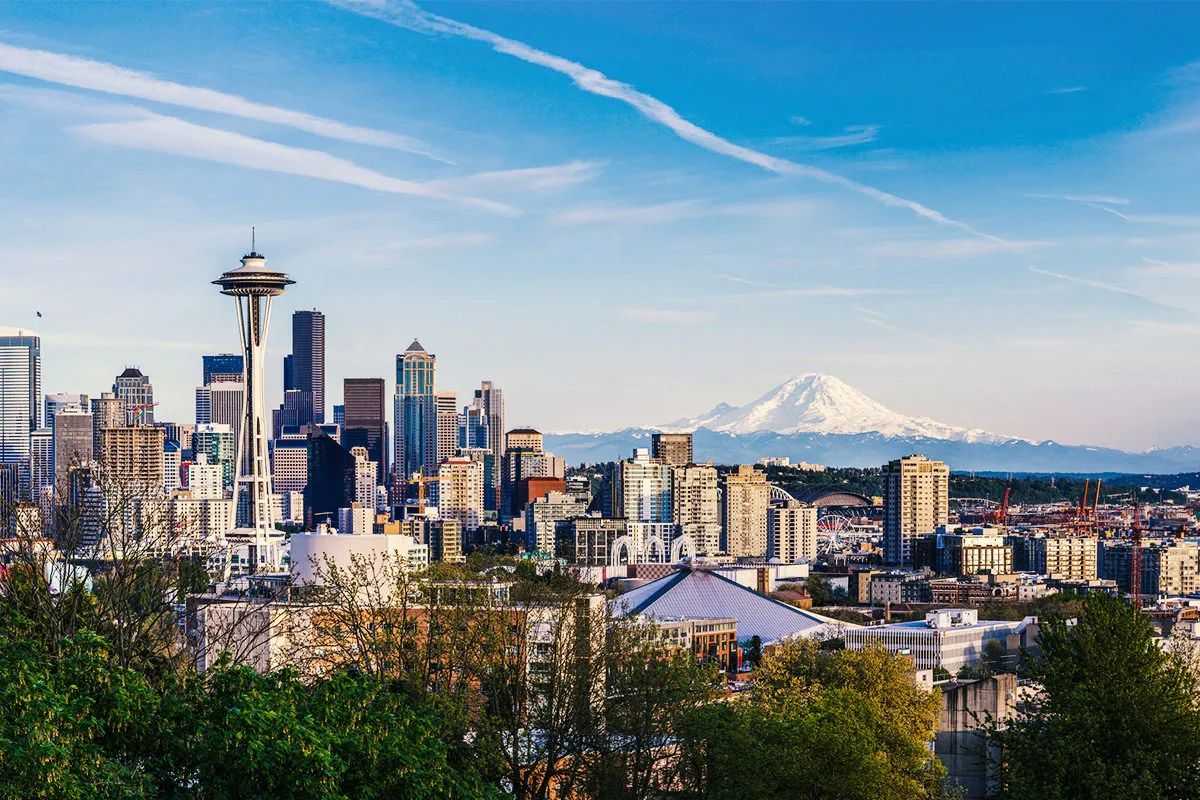

追溯西雅图的历史,只有短短的150年。1851年,一群移民从纽约来到西雅图,在靠近拓荒者的广场附近登岸扎营,这群人被视为西雅图的拓荒者,现在有许多街道以他们的名字命名,如Denny、Yesler、Bell、Boren等。
西雅图的位置很特别,处在艾略特海湾和普结湾之间,北边有联合湖,东边是华盛顿湖,南边有两座知名的国家公园,奥林匹克国家公园和雷尼尔国家公园,即使你没空去参加,也可以在晴朗的日子欣赏到雷尼尔雪山的英姿。
重视生活品味的西雅图人,同时拥有高科技产业的投入,电脑巨子比尔盖茨和他的好友保罗艾伦,都为这个城市贡献不少,比尔盖茨盖的图书馆,保罗艾伦建的摇滚音乐博物馆以及新的联合车站,为西雅图增色不少。
虽然西雅图给人的印象是细雨绵绵,但真正下大雨的日子少只有少,雨季从每年11月到次年3月,其余的日子都很温和,最适合旅游的季节是春夏秋三季,早晚温差较大,大约10度左右。
 建筑艺术
建筑艺术
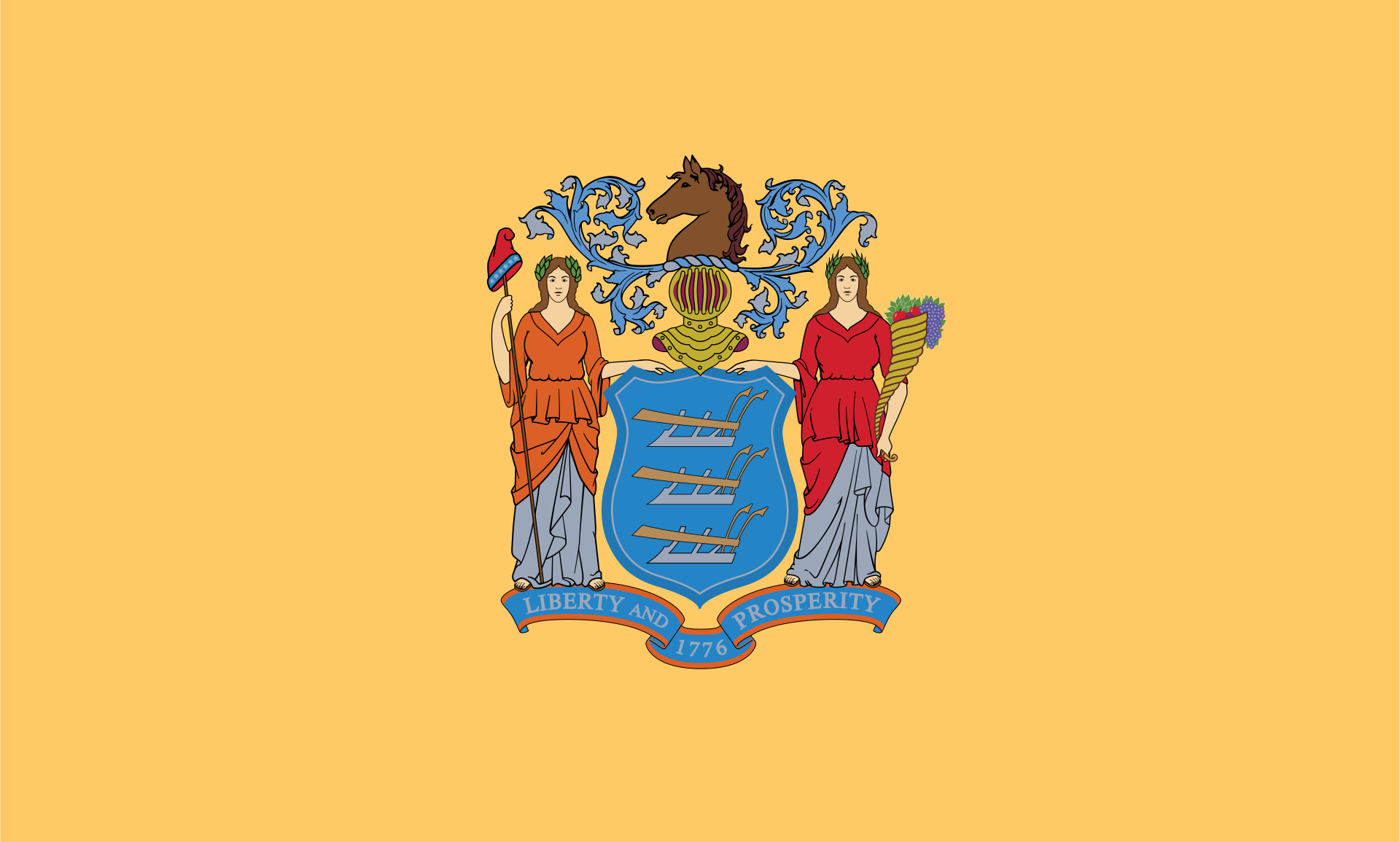 新泽西州
新泽西州
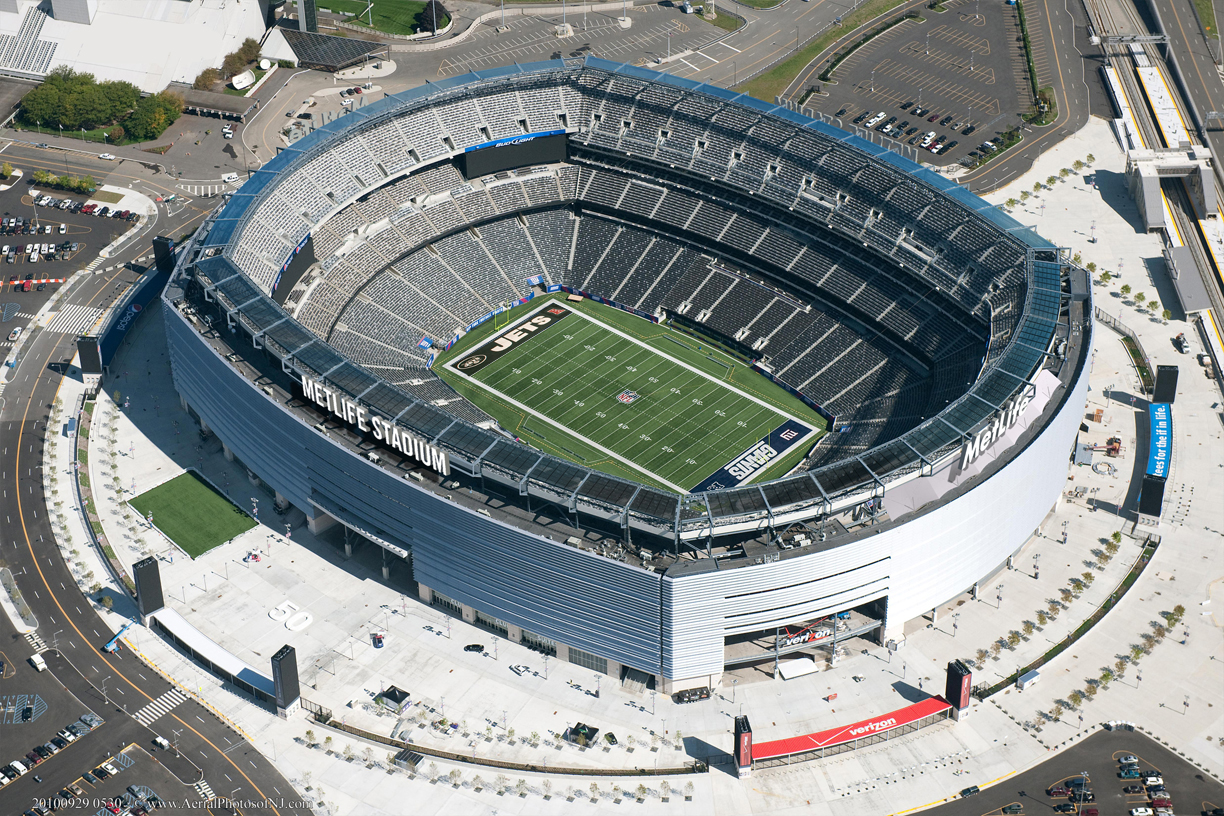
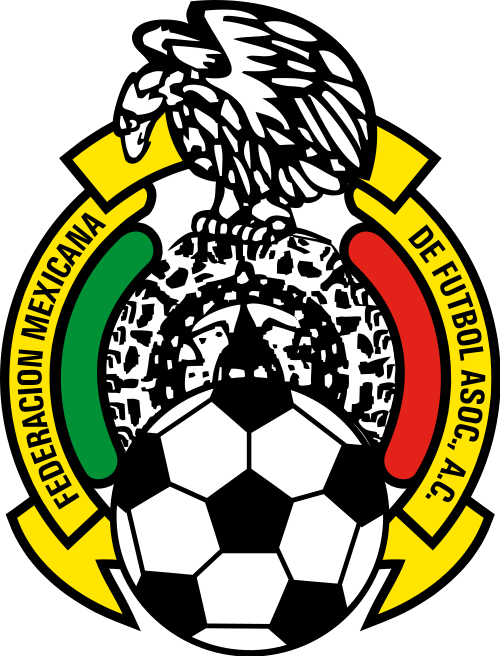


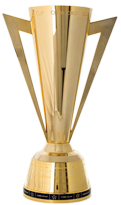
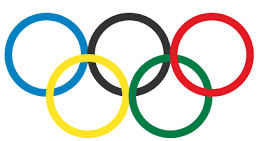
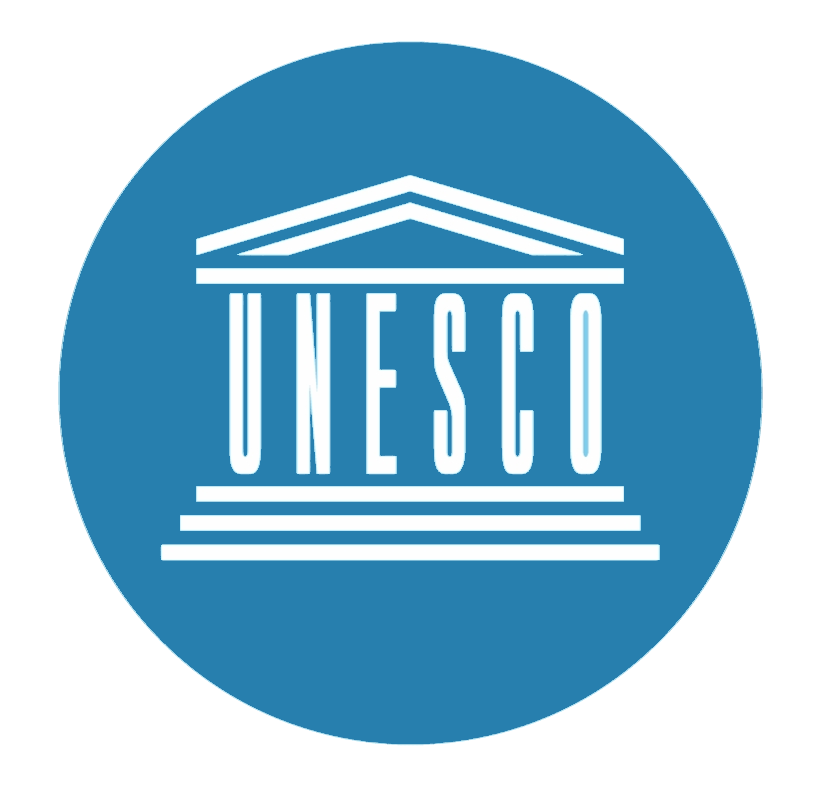 文化遗产
文化遗产
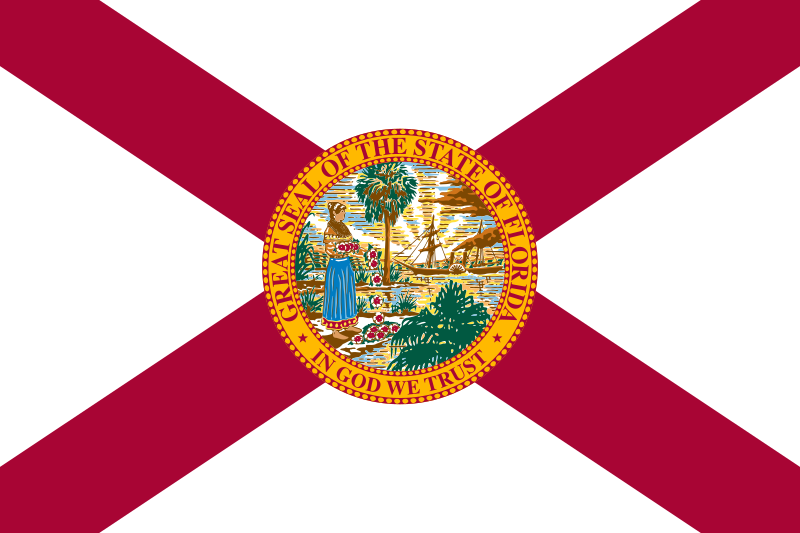 佛罗里达州
佛罗里达州


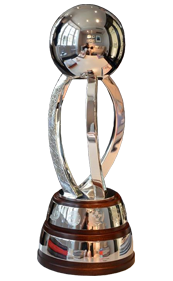
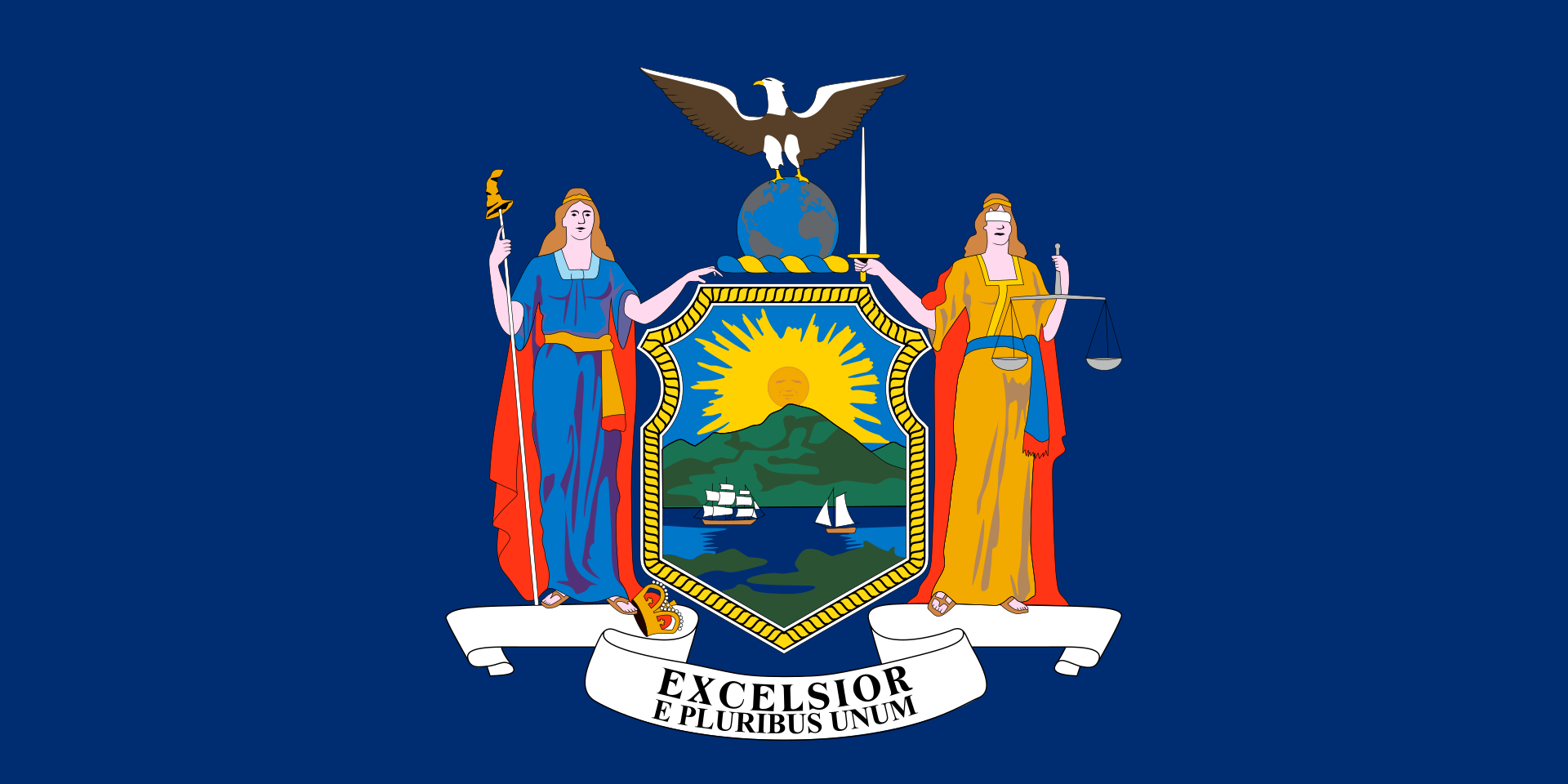 纽约州
纽约州
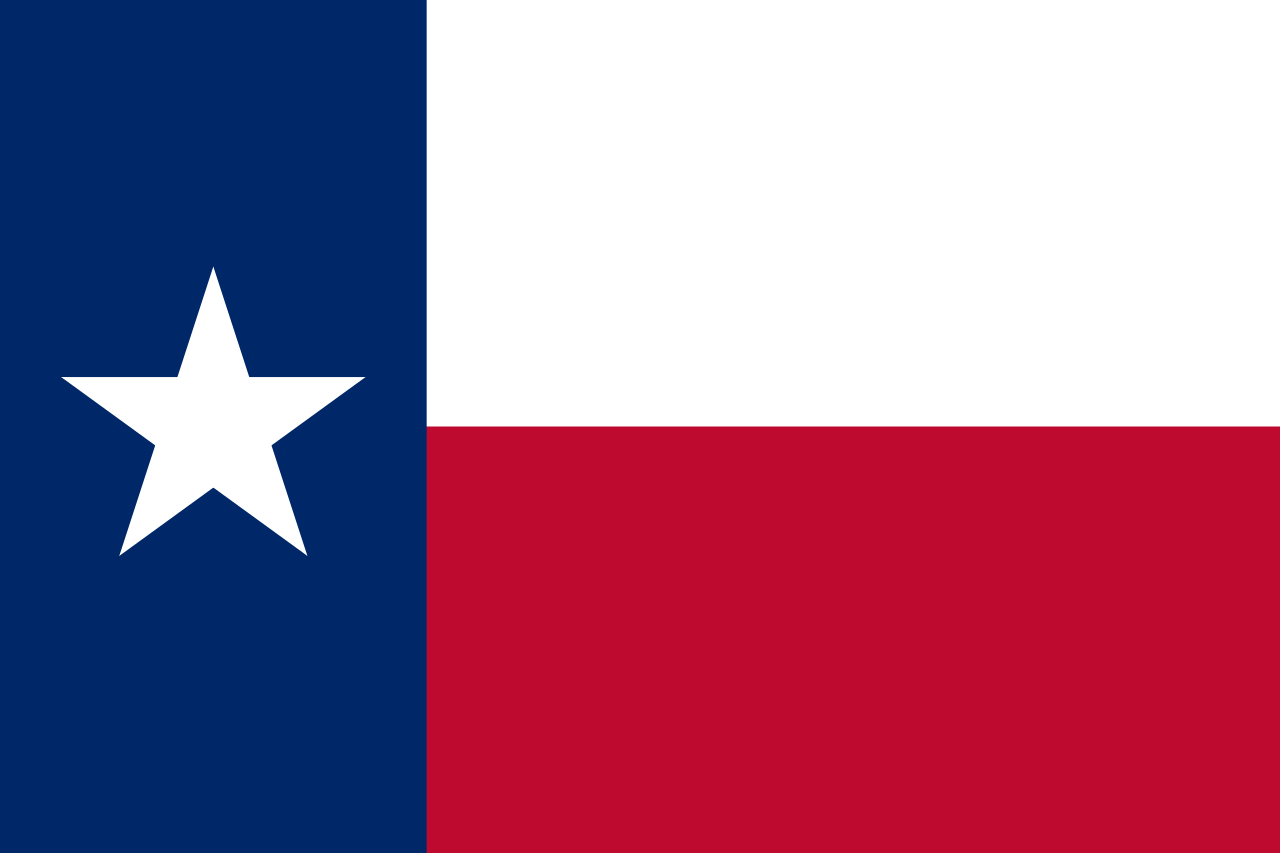 得克萨斯州
得克萨斯州

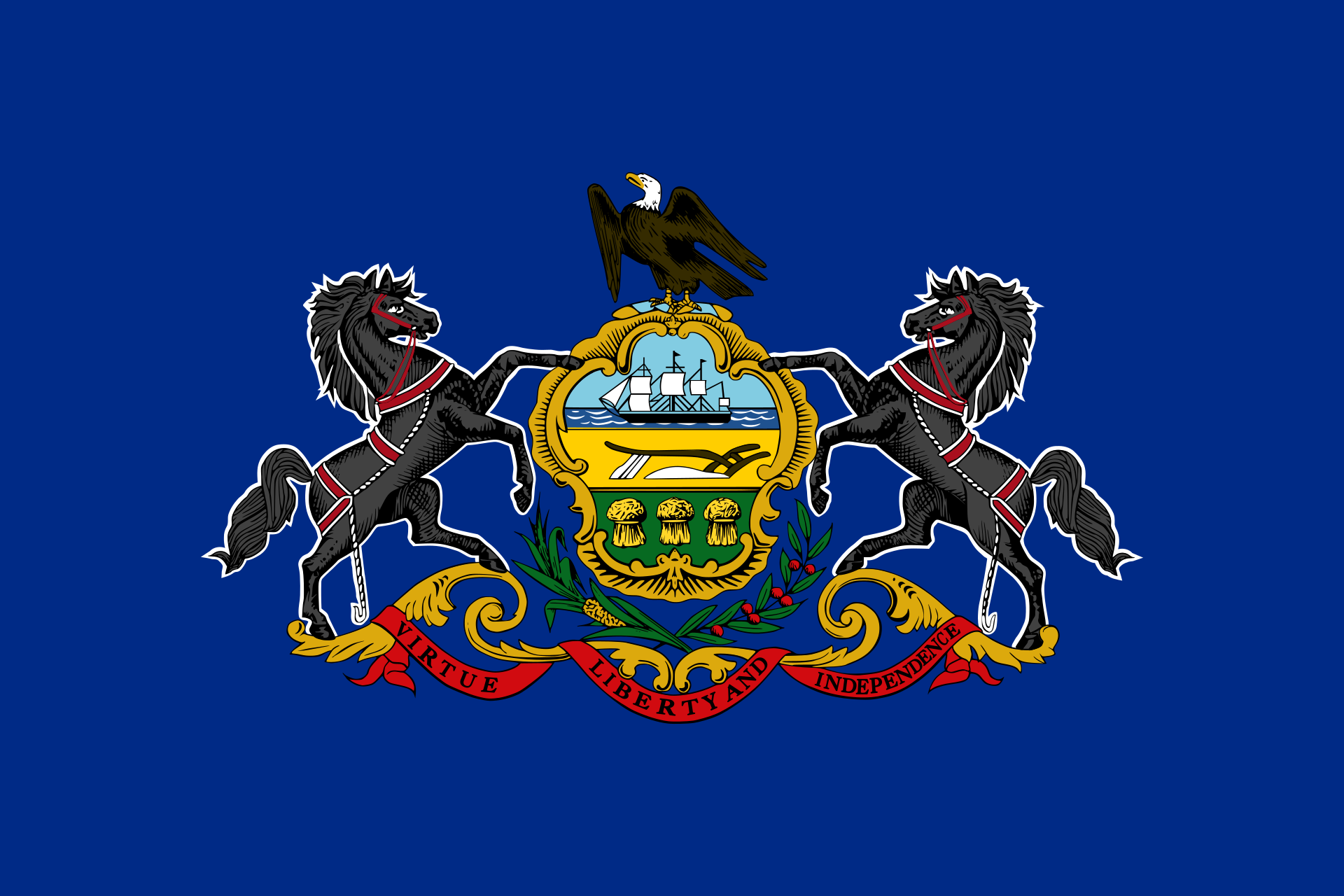 宾夕法尼亚州
宾夕法尼亚州

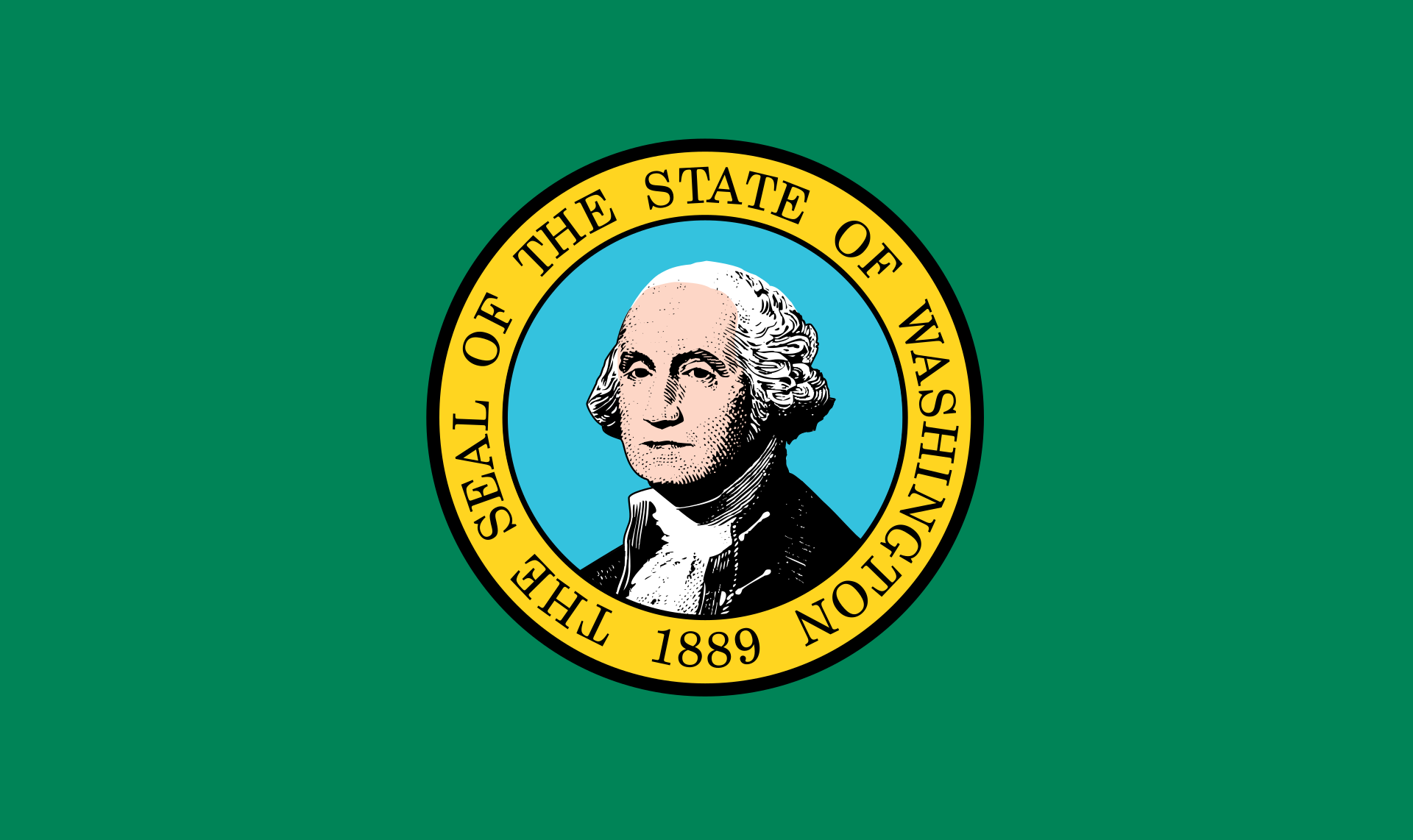 华盛顿州
华盛顿州
